Hadrian’s Villa (Villa Hadriana) is a large Roman villa built by the emperor Hadrian in the period 118-135 CE. The villa was a sumptuous complex of over 30 buildings, covering an area of at least 100 hectares (c. 250 acres), maybe even 300 hectares, of which much is still unexcavated. Hadrian’s Villa is a UNESCO World Heritage site.
Background
The villa was Hadrian’s preferred residence when he was in Rome. His choice of an imperial palace outside Rome, instead one of the several palaces in Rome, was probably influenced by the miserable relations he had with the senate and the local Roman aristocracy.
Hadrian was born in Spain, just like his predecessor Trajan, and the senate and the local aristocracy had trouble coming to terms with another provincial on the imperial throne.
The way Hadrian had assumed power only reinforced their opposition to him. Trajan’s adoption of Hadrian on his deathbed was immediately cast in doubt, and when four military leaders, all Roman aristocrats who had been close to Trajan and hence possible contenders for the throne, were assassinated immediately after Trajan’s death, the senate immediately suspected Hadrian of having ordered the killings.
Hadrian only arrived in Rome eleven months after Trajan’s death, and denied any wrongdoing, but his relationship with the senate never recovered from the crisis. As a consequence Hadrian stayed very little in Rome. He travelled extensively throughout most of the empire in two prolonged periods, in 121-125 CE and in 128-134 CE, and when in Italy he preferred to stay away from Rome. A grandiose imperial palace outside Rome, but not too far away, was the perfect answer.
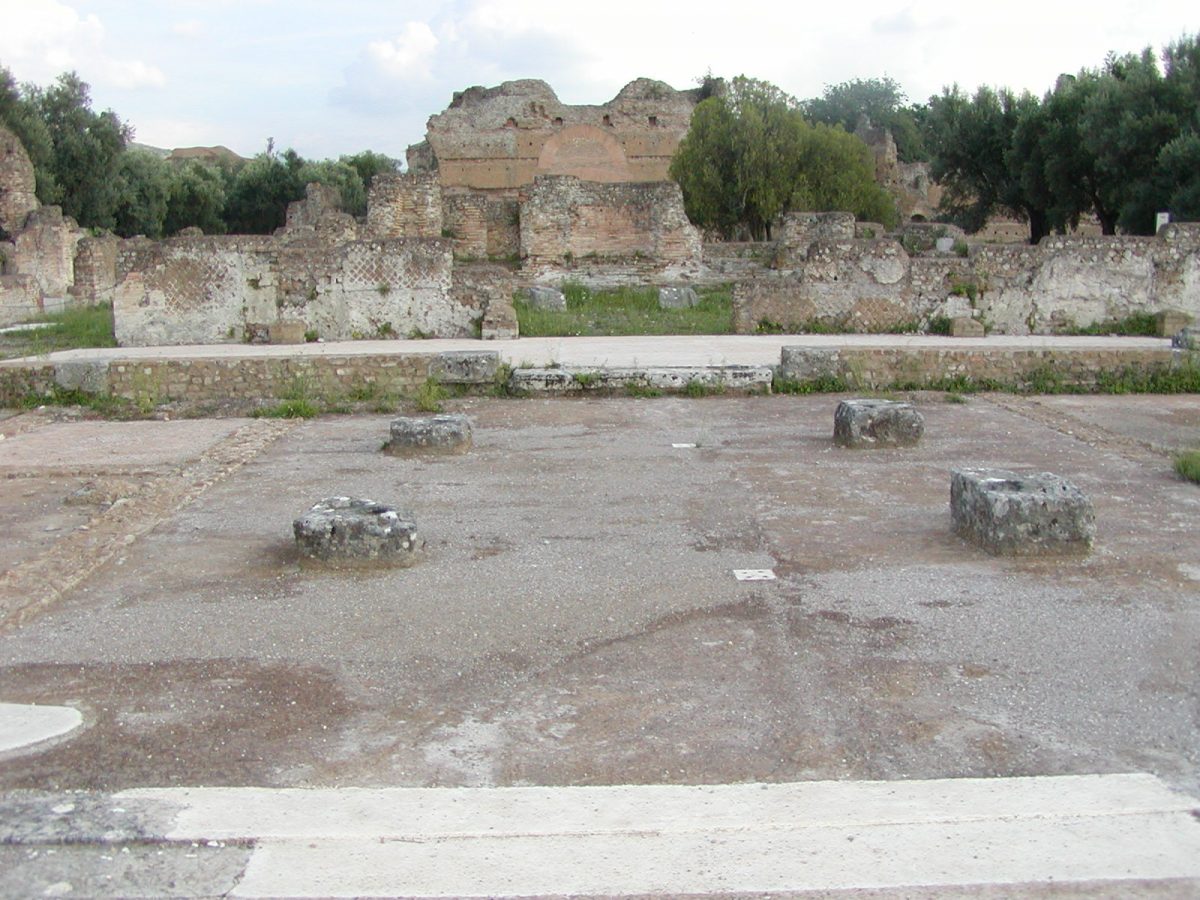
The Villa Hadriana became the imperial residence. The villa was located just outside ancient Tibur, modern Tivoli, some 28 km E. of Rome. It stood on a hillside, surrounded by two minor tributaries to the Aniene, which flows into the Tiber just N. of Rome. Tivoli, and hence the villa, was easily reached from Rome by land via the Via Tiburtina and by boat on the Aniene, which was navigable at the time.
Other reasons for choosing that particular location for the villa were more practical. Tivoli was (and still is) famous for the travertine quarries, but there were also ample supplies of tufa and of pozzolana and lime for the production of cement. The water resources at the site were very abundant. The hill on which the villa stood was surrounded by two small streams, and the hills behind Tivoli provided water for four of the aqueducts that supplied Rome. Especially the baths of the Villa of Hadrian required vast amounts of water.
The villa complex was vast in scale, spreading over an area of c. 2×1 km. The central part of the palace was a traditionally structured villa, oriented on a NW.-SE. axis on the side of a hill. It included (from the NW) a garden with a elongated fountain and a view towards the valley, two buildings often identified as a Greek library and a Latin library, a large courtyard followed by the main residential part of the palace, which included a building with Doric columns. Further back was another grand court with a portico and richly adorned rooms, the so-called Golden Court (Piazza d’Oro) due to the very rich finds from there.
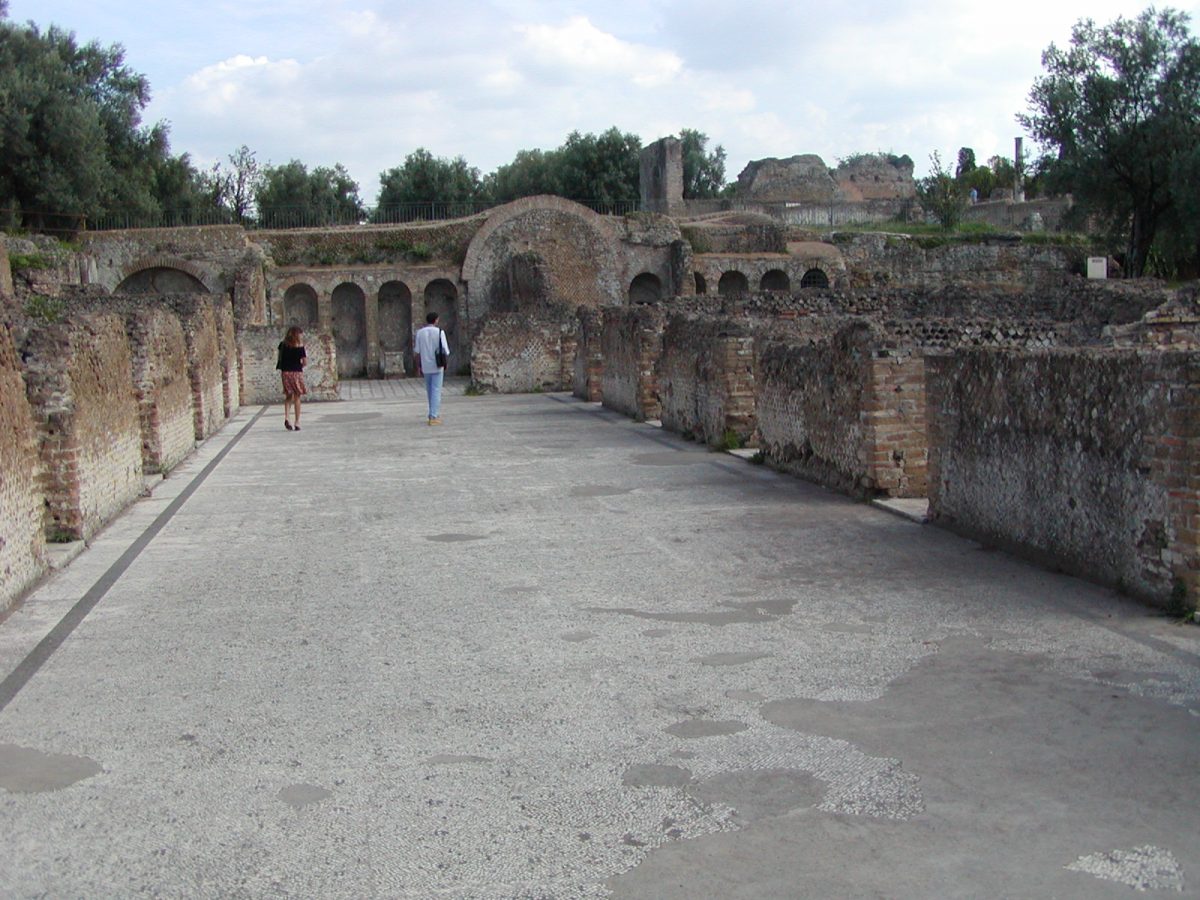
On the NE. side of the imperial palace were rooms for guests, the Hospitalia with bedrooms and a large triclinium. Further down the N. slope was the so-called Terrace of Tempe with a vantage point on the lower valley, the Pavilion of Tempe.
To the SW. of the libraries stood a strange circular building, which is usually called the Maritime Theatre. It consisted of a colonnade around a small lake with an central island with what appears to have been a small residence. Besides this structure was a large hall, probably an audience hall, called the Hall of the Philosophers, and a bathing complex with a sun heated room, the Heliocaminus Baths, both aligned on an almost N.-S. axis.
In the back, on the S. side of the building with Doric columns, stood the barracks of the guard.
On the N. side of the hill, below the terrace in front of the libraries and apparently somewhat detached from the rest of the complex, stood a Greek theatre and a portico with a round Temple of Venus.
A large part of the complex is oriented on a E.-W. axis. It dominates the SW. slope of the hill, and some parts are constructed on an artificial platform which houses the servant accommodation. Closest to the imperial palace and the barracks of the guard were a building with a peristyle pool and a cryptoporticus. Further W. and at a substantially lower level was an elongated nymphaeum, previously often thought to be a stadium due to the particular shape. Next was a building with three exedrae, probably a triclinium. The largest structure on the E.-W. axis was the Poikile, which was a huge rectangular colonnade with a pool in the centre. Half the structure rests on a large artificial platform.
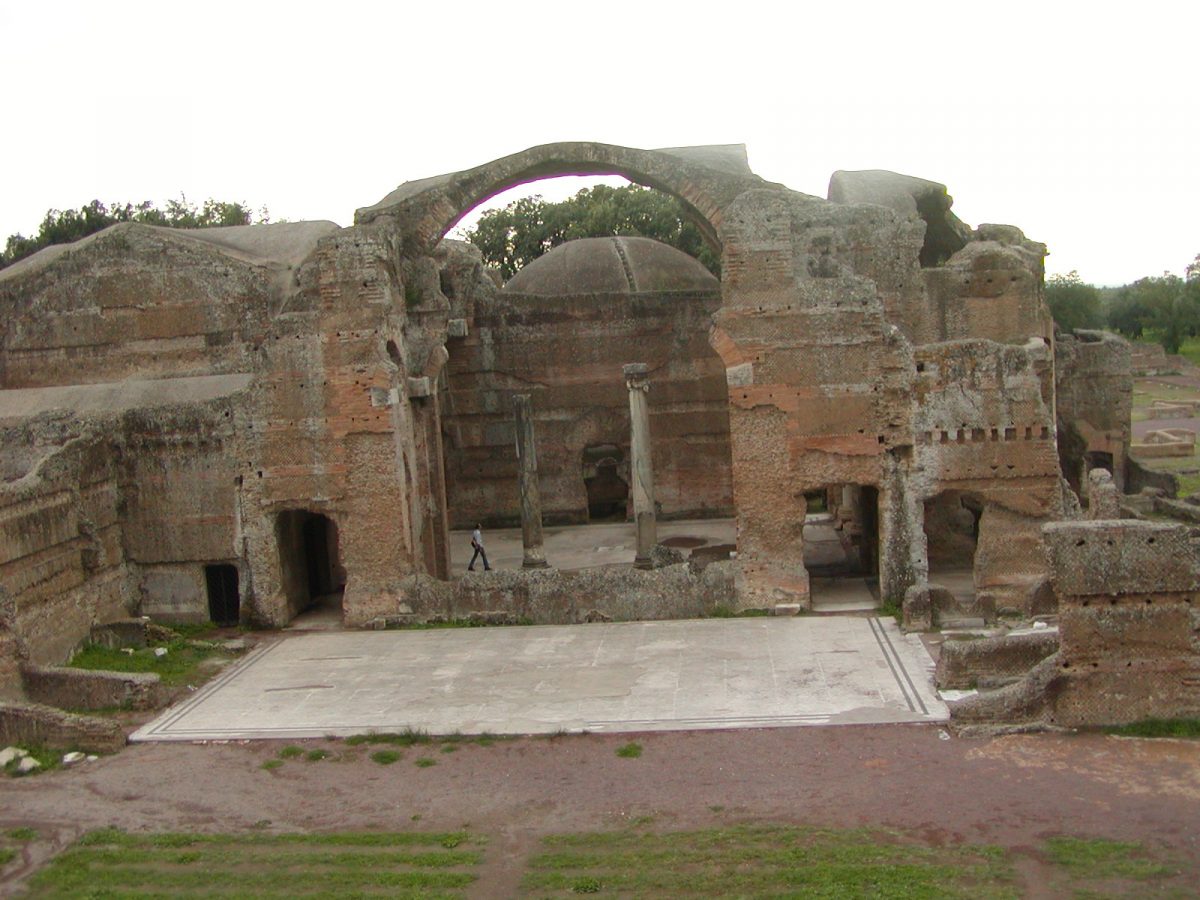
To the S. of the Poikile, still on the SW. slope on the hill and partly dug into it, was another part of the complex, aligned on a more N.-S. axis. Here were two bathing facilities, the small baths and the large baths, separated by some large halls of unknown purpose. Attached to the hillside behind the large baths were more barracks, known as the Praetorian Pavilion. The dominating feature of this part of the villa is the Canopus, which is an elongated lake surrounded by a colonnade. A the end of the lake was a Temple of Serapis, dug into the hillside.
On the hill above the Canopus were probably gardens and other buildings, but this area is only superficially excavated. This includes a circular structure, maybe a mausoleum, several underground passages and a Temple of Pluto. S. of the Canopus was another set of buildings, oriented on a mostly NW.-SE.-axis, which included a panoramic vantage point, gardens and some structures identified as an Academia, after the famous Academy of Athens. These two parts of the villa are not accessible to the visitors.
Below much of the complex run a series of underground roads, passages, storage facilities and slave quarters. Most of the infrastructure needed to run such a huge complex was neatly tucked away, out of sight, out of mind.
The original purpose if the individual buildings is often unknown. Of certain identification are the three bathing facilities, the Poikile (a porticus miliaria used for walks after dinner), the actual imperial residence (the Residential Villa, the Building with Peristyle Pool and the Building with Three Exedrae), and finally the servant accommodation in the substructures on the W. side and in the Praetorian Pavilion, which is connected to the underground service facilities.
Due to the loss of all the upper parts of the buildings, it can be very hard to get an idea about how the villa appeared at the time of Hadrian. The visitor today can “see through” the villa, and easily get an impression of park-like open spaces, but this is misleading. What now appears as open spaces could have been a narrow passage, a dining room or a tall domed hall, but that is all but lost now.
The ancient villa have been much more city-like, with more closed spaces, surrounded by walls and domes now lost. Many of the buildings stood several storeys high, but are now almost completely collapsed.
The Meaning of the Individual Buildings
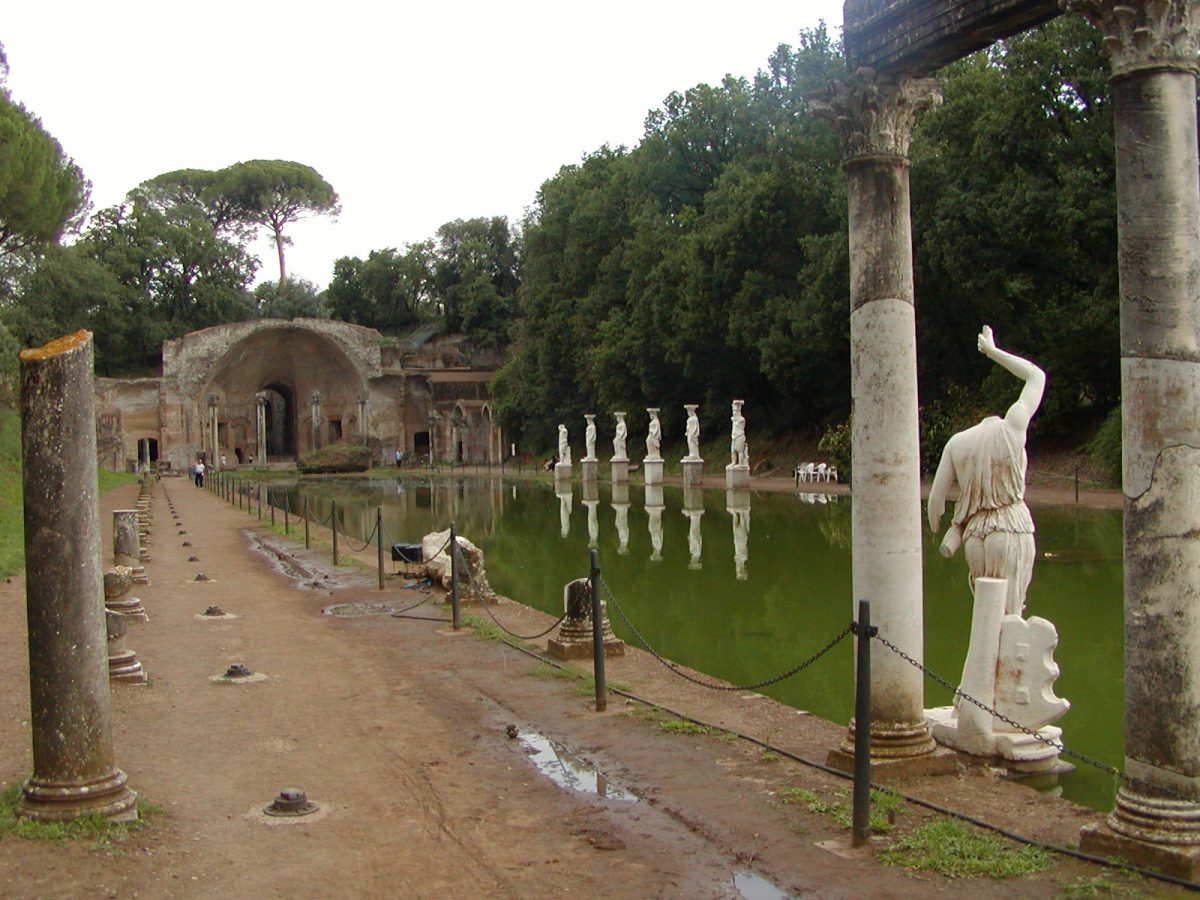
The Villa Hadriana was renowned already in antiquity for its rich collection of buildings associated with famous places or monuments from other parts of the empire.
Such associations were very common among wealthy Romans, at least from the first century BCE onward. It was a way of displaying culture and learnedness. Marcus Tullius Cicero had, in his villa in Tusculum, buildings called Lyceum and Academia, referring to the famous philosophical schools of ancient Greece. Augustus had in his residence on the Palatine Hill in Rome an area called Syracusa because it was inspired by a part of the palace of Dionysios of Syracuse.
The plan for Hadrian’s villa followed similar ideas. Due to the dispersion of the artistic elements of the villa it is not always possible to identify the purpose or idea behind a building, but some structures are very characteristic.
The Poikile has been name so, because it has been associated with the Greek “Stoa Poikile“, painted colonnade, which was a famous monument in ancient Athens.
The Canopus refers to an artificial canal that connected the Egyptian city of Canopus in the Nile delta with Alexandria. The city Canopus was famous for its Temple of Serapis, which in Hadrian’s Villa is identified with the structure at the end of the lake. The Canopus was built before Hadrian‘s first journey to Egypt, so it cannot be said to be a reconstruction of something he had seen on this travels.
The identification of the Academia in the Villa Hadriana is probably more insecure, as very little is left of the buildings in question.
There were probably more such associations in the ancient villa which we can no longer discern.
The representation of a foreign monument in a Roman villa is not meant to copy the physical appearance of the monument, but rather to represent the values and ideas of the original. Hence a Lyceum in a Roman villa would be a place of philosophical discussions, not an exact replica of the building in Greece. The owner of the villa might not even have seen the real Lyceum. The same holds for the Villa Hadriana. The “foreign” buildings represent ideas, they are not copies.
The Building Process
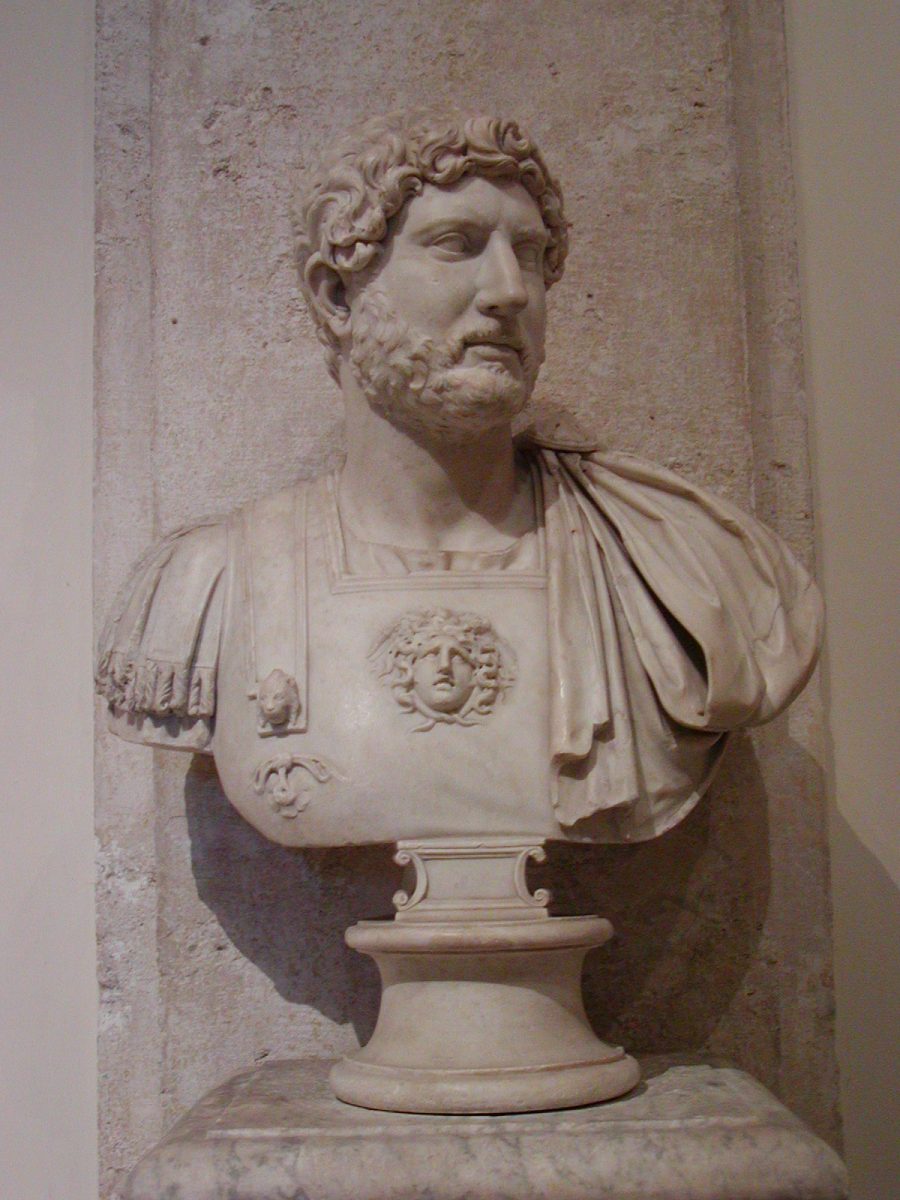
The construction of the villa was begun immediately after Hadrian became emperor in 118 CE and a first phase of construction extended until 125 CE, when Hadrian returned from the first of his great journeys. He resided at the villa in the summer of 125 CE and probably stayed there regularly until he embarked on the second journey in 128 CE, so the central parts of the villa must have been fully functional and presentable as an imperial residence in 125 CE.
The villa wasn’t completely finished in 125 CE, and apparently Hadrian also made minor changes and additions to the overall plan during his stay in Italy, so a second period of construction in 125-134 CE brought the project to an end.
Hadrian was very interested in architecture and himself a capable architect, so it is highly likely that he took part in the design and planning of the villa from the beginning and in detail. It is not known, however, who exactly the architect was.
Even though many of the buildings are associated with famous buildings or places in other parts of the empire, the construction techniques used are very Roman. Almost all the buildings are constructed in opus mixtum, a combination of cement, small tufa blocks and bricks, which is a technique invented by the Romans.
The construction techniques give the archaeologists some very valuable information that helps date the villa and the individual buildings. The bricks are often stamped with the names of the Roman consuls of the year of production, and this stamp provides a perfect dating instrument for the construction of the individual walls.
The imperial palace is constructed on top of an older villa from the first century BCE. It is now known whether this villa was still in use, or whether it was abandoned and in ruin, when Hadrian decided on the location for his new residence. In any case, most of the previous villa was demolished and removed to make room for the new villa, but some parts are still present, such as a cryptoporticus with mosaic ceiling under the imperial palace. Parts of the old villa might have been used during the earliest period of construction.
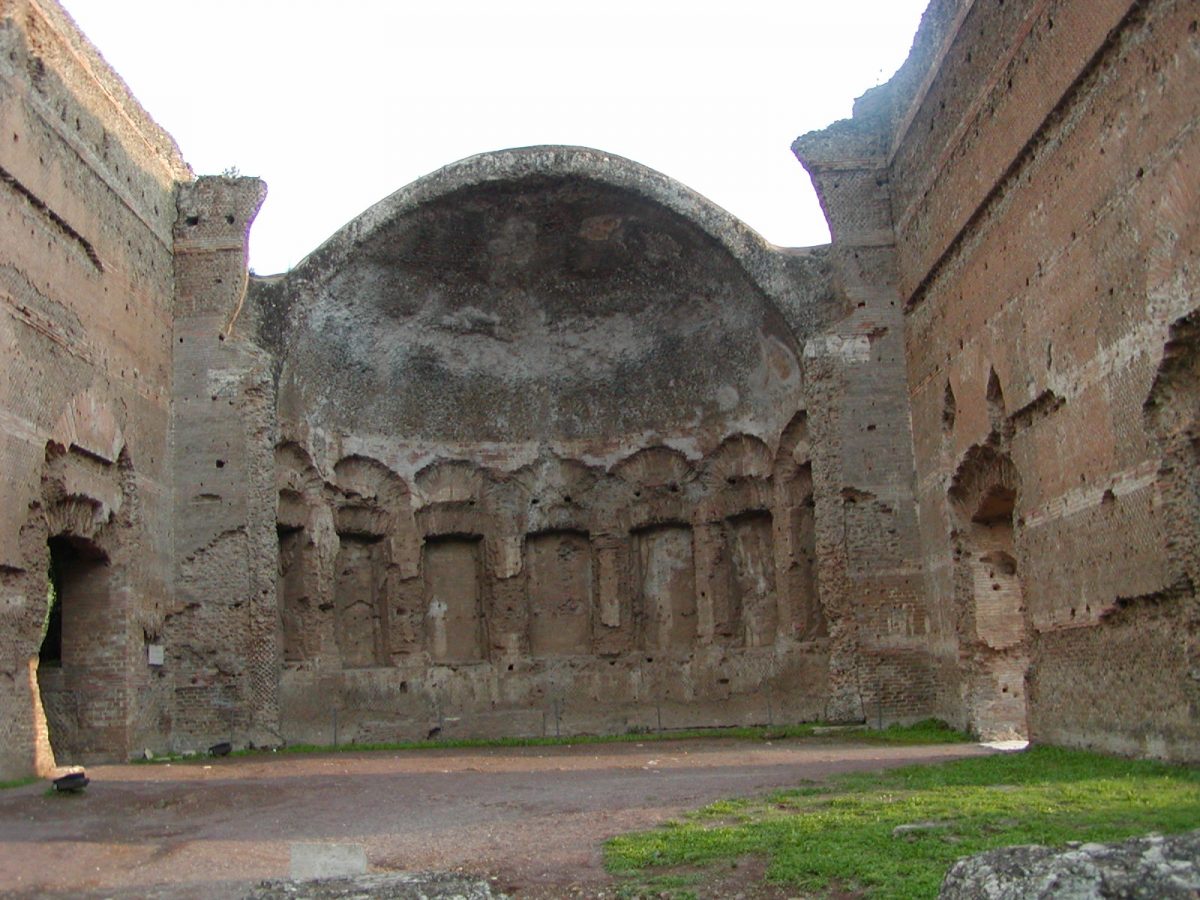
The first few buildings to be erected as part of Hadrian’s project were the Maritime Theatre and the Hall of the Philosophers, which both have bricks with a 117 CE date, and the Heliocaminus Baths where many bricks carry a pre-123 CE date. These buildings can reasonably be seen as additions to the earlier villa. It is worth noting that the orientation of precisely these three buildings is unique in the villa.
The vast majority of bricks are from 123/124 CE, and they have been used in almost every building in the villa. This surge of activity was probably provoked by the news that the emperor was about the return to Rome in 125 CE. This also demonstrates beyond any doubt that the Villa Hadriana is a result of a single unified plan, and not an agglomerate of buildings that have grown over time.
Later bricks, dated from 126 CE and later, are also found, mostly in the Building with Peristyle Pool and in the Golden Court. These parts of the villa were therefore finished in the second phase of construction, but since they also contain older bricks, they were initiated during the first phase.
Concluding, the Villa Hadriana was built after a unified plan. It was constructed over an older villa, and the first buildings could be additions to the older villa, but when construction of the imperial residence started, the overall plan was already laid out. Most of the central parts of the villa was ready for use in 125 CE, but some parts were finished later, in the period 125-134 CE.
Works of Art and Building Materials
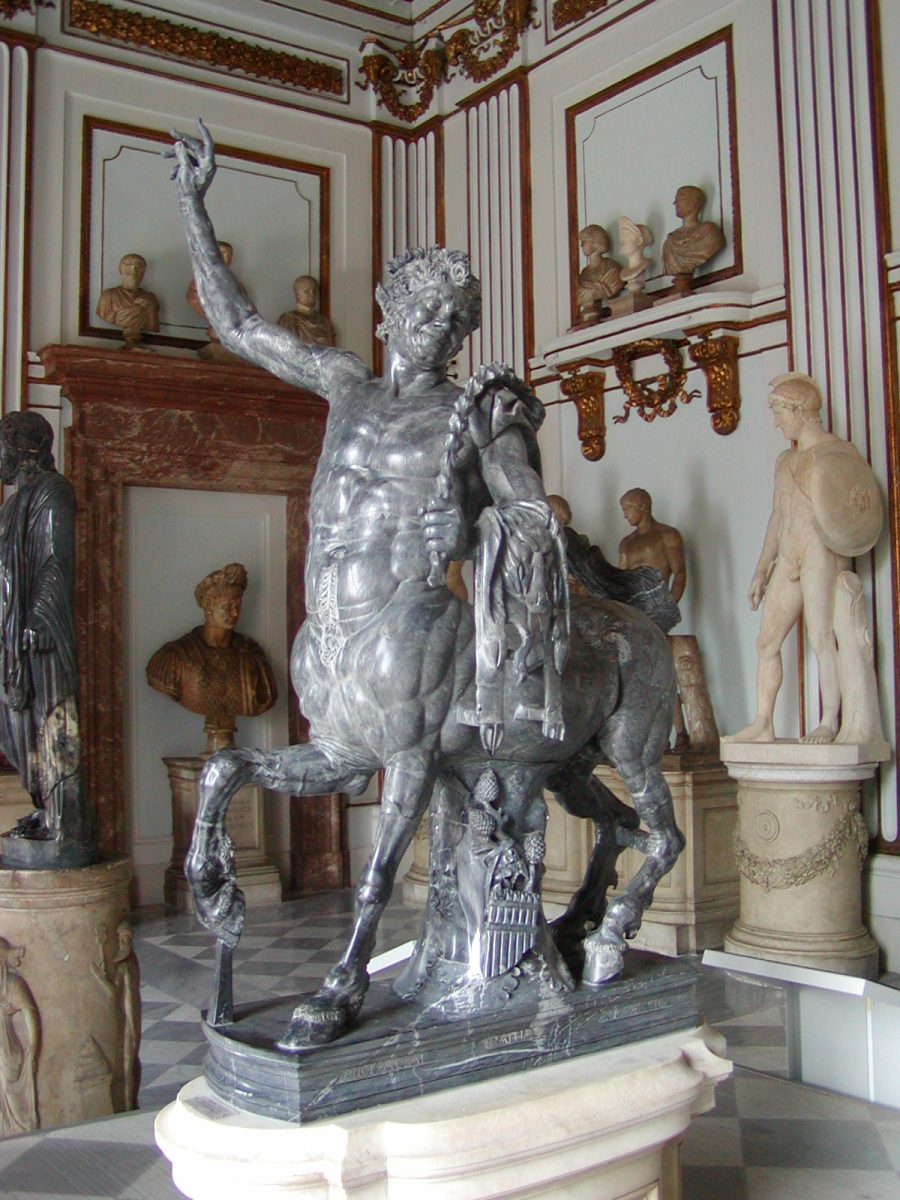
Hadrian’s Villa was, as an imperial palace, designed to have no equal and no superior, and the villa was adorned with the very best of what the Roman empire had to offer in terms of works of art and buildings materials. It is very probably that Hadrian himself took active part in the selection of works of art for the villa.
Almost everything of value has been removed from the villa since late antiquity, but many objects that are known to come from the Villa Hadriana are now dispersed in museums and collections throughout Europe. It is probable that even more have either been lost completely or is now listed without known provenance. Enough survive to illustrate the incredible lavishness of the decoration of the Villa.
Over 500 statues are definitely from the villa, and that can only be a part of the statuary of the ancient villa. Some of the more famous statues are in the Capitoline Museums (Harpocrates, Furietti Centaurs and Faun in Red Marble) and in the Vatican Museums. Most statues have been removed from the villa, especially in the 17th and 18th centuries, and many more have probably ended in the merciless limekilns in the middle ages.
The works of art that have survived show each building have had a specific significance that was reflected in the selection of the statues and other decorations of the building.
Between the buildings and around the villa were a series of open spaces, gardens and parks adorned with statues, nymphaeums and fountains.
Pavements in opus sectile were found in many parts of the villa. The designs were most geometric patterns made of squares, triangles and lozenges in polychrome and often rare and precious kinds of marble, sometimes mixed with coloured glass and ivory. Opus sectile was a very costly technique and was only used in the most prestigious parts of the villa.
Mosaics were used throughout the complex, mostly in less prestigious areas, such as the dorms for lower ranking guests to the villa, but some important rooms were also decorated with special mosaics. The most famous mosaics from Hadrian’s Villa are two emblemata in the Hellenistic style, the “Mosaic with Drinking Doves” and the “Mosaic with Theatrical Masks“, both now in the Capitoline Museums. Both emblems are made with a technique known as opus vermiculatum, using minute tesserae. Pliny the Younger wrote about a famous Greek floor mosaic with an emblem with drinking doves in the middle of a so-called “unswept floor”. The mosaic from Hadrian’s Villa could be the original Greek work or it could be a copy. Emblemata are easily removed due to their size.
Most of the mosaics still in situ at the Villa Hadriana are either black and white mosaics in the Italian style, geometric and/or with floral designs, or polychrome geometric designs. Often they are not of good quality. Very beautiful and well preserved black and white mosaics are found in the Hospitalia, but most of the remaining mosaics are just fragments, usually found at the edges near the walls. Many are found in the Residential Villa and in the Golden Court.
The walls in many of the central buildings have been decorated with polychrome marble veneer, but almost nothing has survived. Other environments had the walls covered with layers of plaster, sometimes painted with frescoes with geometric or naturalistic motifs, sometimes decorated with elaborate floral patterns in stucco-work.
Unfortunately, the wall paintings of the Villa Hadriana are generally badly preserved. Fragments of some geometric designs are found in the cryptoporticus under the Buildings with Peristyle Pool, covered with graffiti and tags, some centuries old, some very recent. Other wall paintings are found in the rooms in front of the Praetorian Pavilion.
Ceilings were often decorated with plaster, painted or with designs in stucco-work. Little has survived as the ceilings of most buildings are collapsed, but there are noteworthy pieces in the Large Baths and to a lesser degree in the so-called Imperial Triclinium.
The Villa after Hadrian
The Villa Hadriana remained in use after the death of Hadrian in 138 CE. Antoninus Pius, Hadrian’s adopted successor, used the villa, and so did Marcus Aurelius. The villa were also used in the early 3rd century under the Severans, as later wall paintings dating from the reign of Septimius Severus have been found.
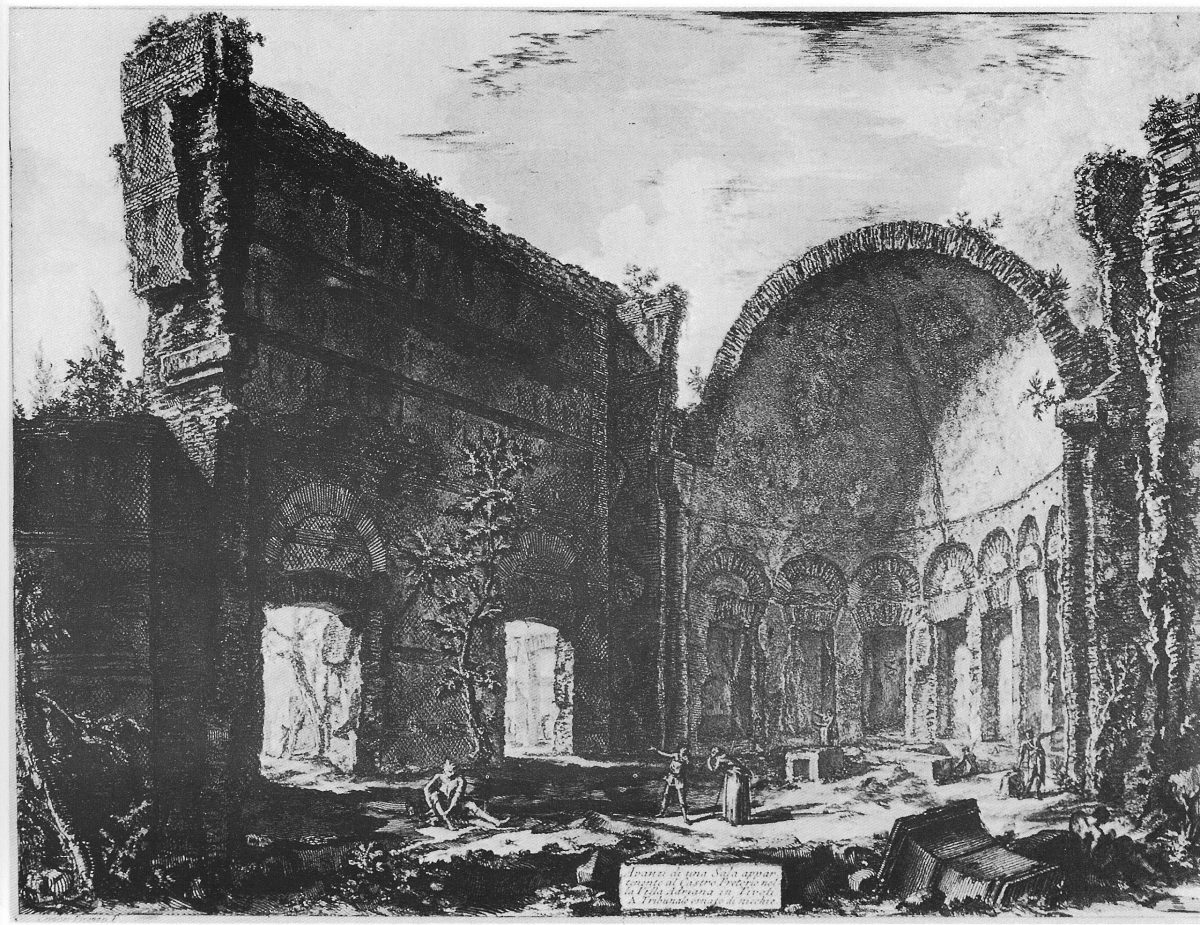
Diocletian, who ruled at the end of the 3rd century, used the villa and found great pleasure in it, but his successor Constantine I, did not. During his reign works of art and other values were taken away, maybe to adorn the palaces of Constantine’s new capital, Constantinopolis (Byzantium or Constantinople, later Istanbul in Turkey).
After Constantine the villa was abandoned and fell in ruin, but the location or the identity of the villa was never forgotten.
The despoliation of the palace started already in late antiquity and continued for one and a half millennia, almost until not one piece of marble of any value was left untouched.
Much of the marble were removed or burnt to lime in the middle ages, and it is likely the site served as a quarry for easily recycled building material for much of the period.
Gradually many of the buildings collapsed and much of the complex was covered with debris and earth, but in the 17th and 18th centuries the villa was systematically despoiled of much of the remaining treasures. The land of which the villa stood was divided into many separate properties, and the owners removed anything of value, and statues and mosaics were dispersed in much of Europe. Quite a bit of the artistic heritage ended up in the papal collections and can now be enjoyed in the Vatican Museums and the Capitoline Museums.
Some spectacular finds added much to the fame of the site, such as the discovery of the Furietti Centaurs and the Mosaic with Drinking Doves, found in the Academia by the cardinal Furietti in 1736. Another fortunate find was a cache of statues located in a pond S. of the hill, by the painter and art dealer Gavin Hamilton in the late 18th century. The statues were apparently stashed away to be burnt to lime, but abandoned and later forgotten when the area was invaded by water.
Real excavations only started in the late 19th century, after the unification of Italy. Since then much of the area of the Villa Hadriana has been excavated, in part by the Italian archaeological authorities, in part by the various foreign academies in Rome.
Literature
William L. MacDonald, John A. Pinto: Hadrian’s Villa and Its Legacy:, Yale University Press, 1997.
Alexander Gordon McKay: Houses, Villas, and Palaces in the Roman World, Johns Hopkins University Press, 1998.
Marina De Franceschini: Villa Adriana, mosaici, pavimenti, edifici, Rome 1991.
Villa D’este, Hadrian’s Villa, Lozzi Roma, 1998.
Chiara Morselli: Hadrian’s Villa – Past and Present, 1995.
Gioacchino Mancini: Tivoli: Hadrian’s Villa and Villa D’Este, Old Vicarage Publications, 1989.
Links
Photographs
The photographs below are mostly taken in the late summer of 2002. Most of the publicly accessible parts of the villa are covered, but some in more detail than others.
Some parts of the Villa of Hadrian cannot be visited without a special permit, and these parts have not been photographed.
The photographs for a single building can been seen by using the links in the menu to the right.
Photo gallery for "Hadrian’s Villa"
There are 241 photos in this gallery.
-
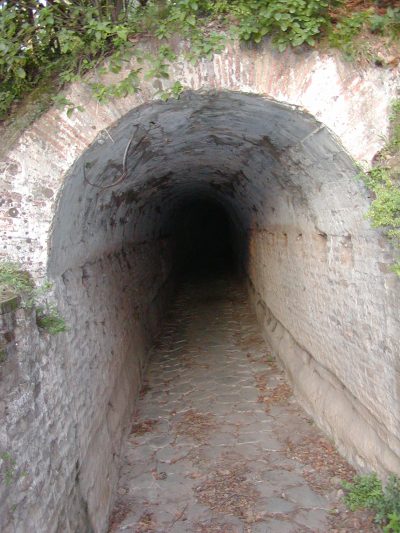
2002-09-08-185253 -
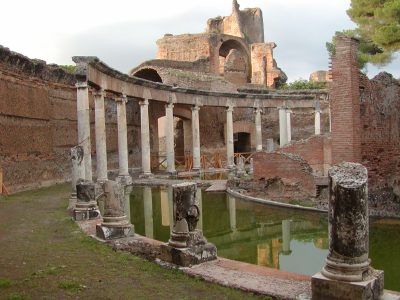
Hadrian's Villa - The maritime theatre -
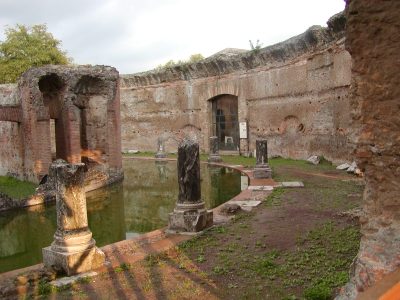
2002-09-08-184853 -
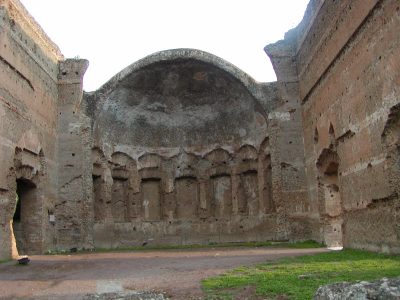
The Hall of Philosophers -
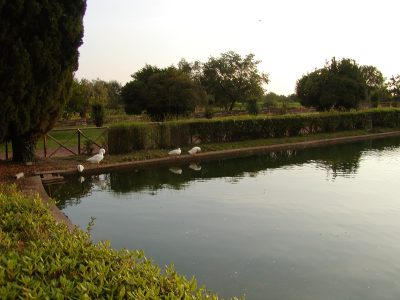
2002-09-08-184713 -
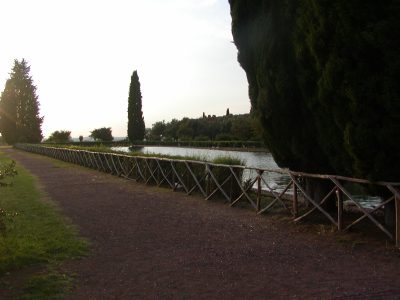
2002-09-08-184653 -
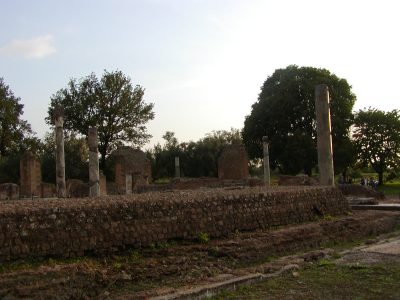
2002-09-08-184625 -
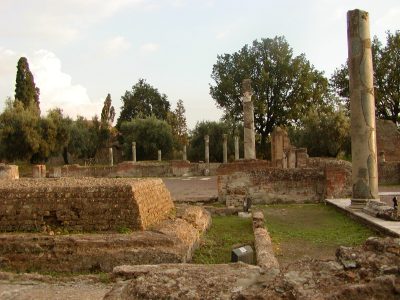
2002-09-08-184611 -
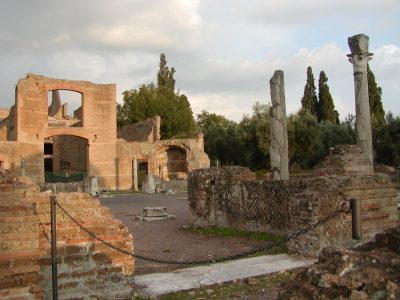
2002-09-08-184550 -
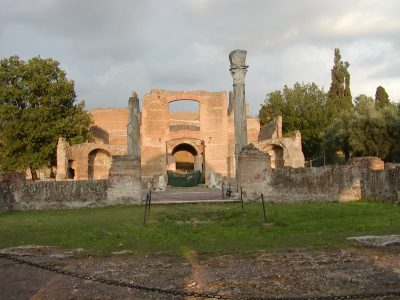
2002-09-08-184536 -
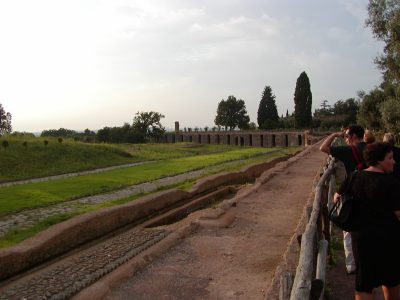
2002-09-08-184407 -
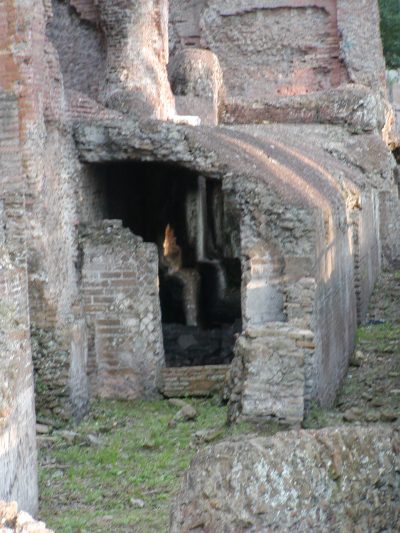
2002-09-08-184327 -
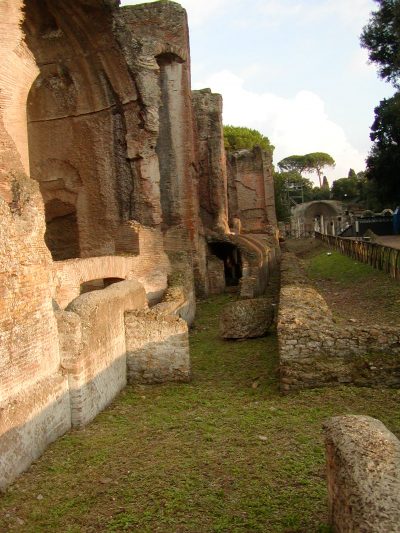
2002-09-08-184319 -
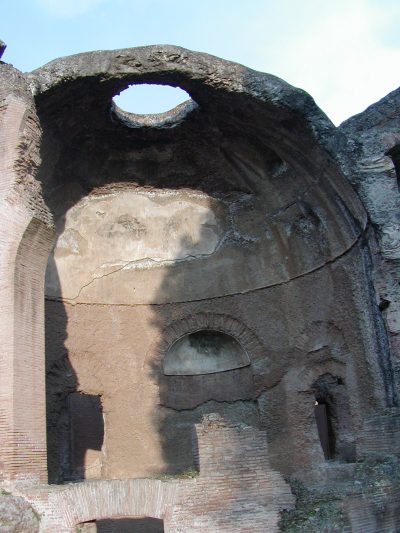
2002-09-08-184300 -
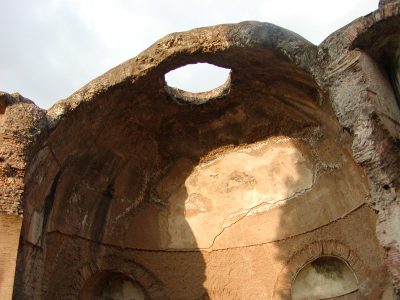
2002-09-08-184245 -
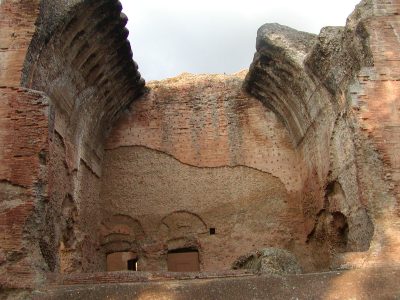
2002-09-08-184230 -
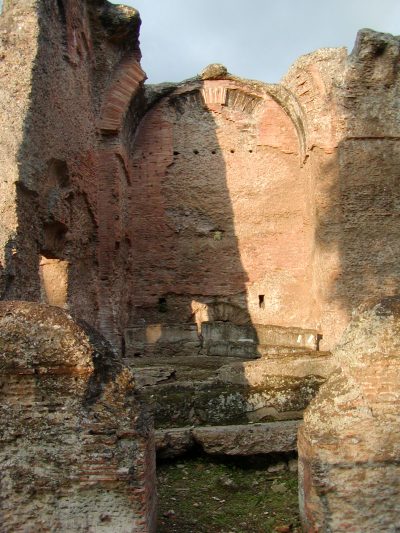
2002-09-08-184209 -
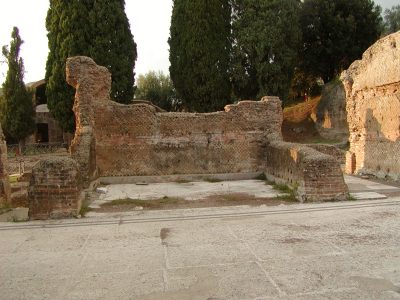
2002-09-08-184017 -
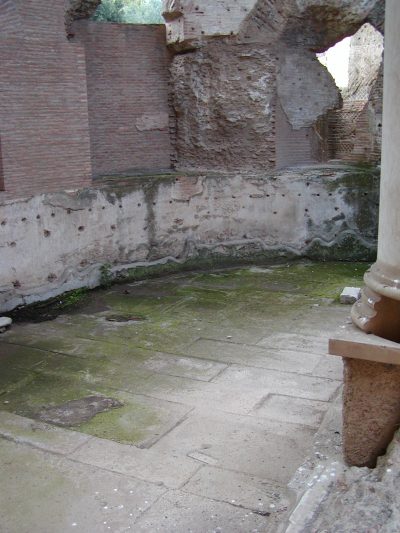
2002-09-08-183928 -
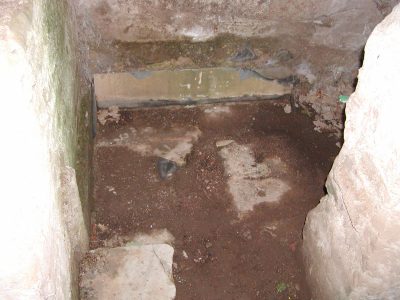
2002-09-08-182753 -
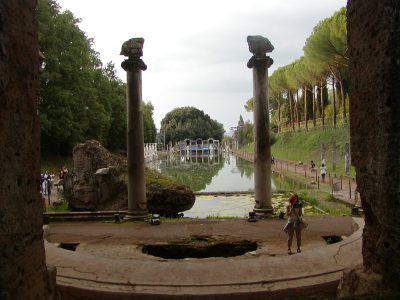
2002-09-08-182719 -
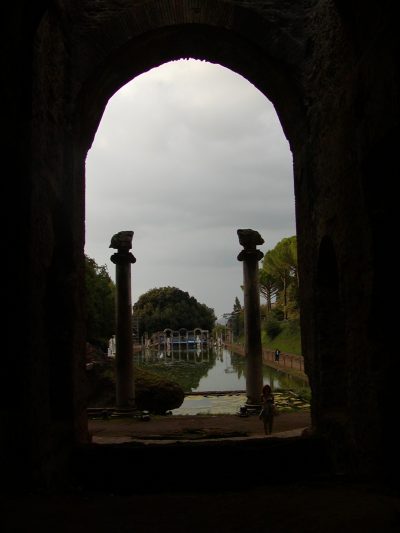
2002-09-08-182706 -
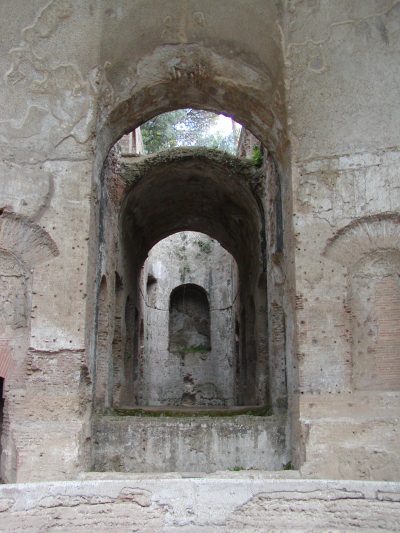
2002-09-08-182623 -
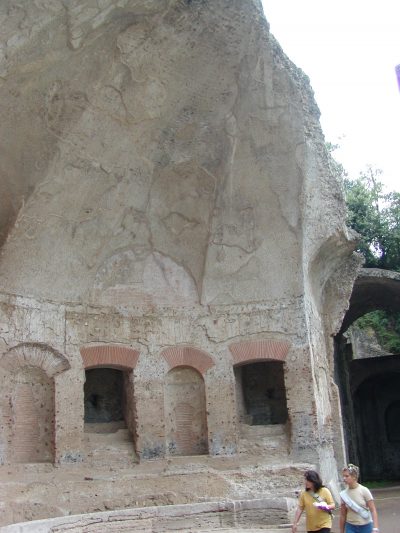
2002-09-08-182603 -
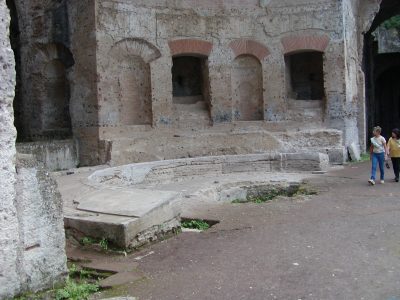
2002-09-08-182557 -
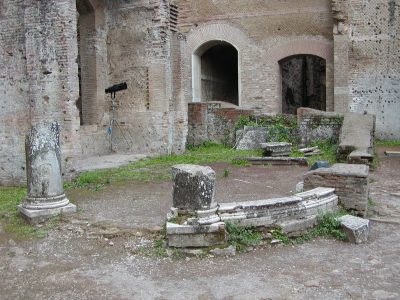
2002-09-08-182508 -
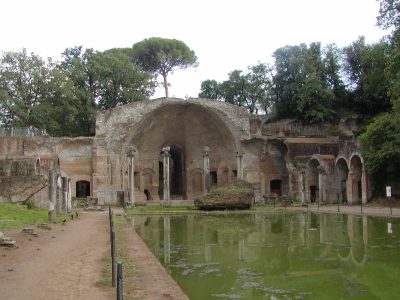
2002-09-08-182037 -
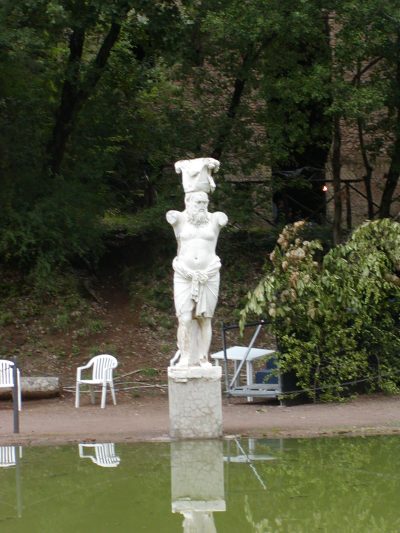
2002-09-08-181929 -
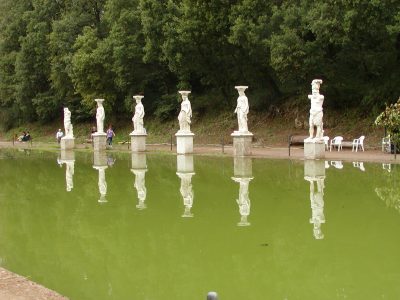
2002-09-08-181852 -
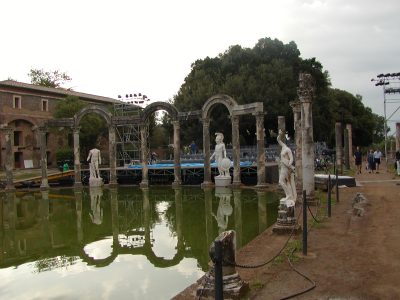
2002-09-08-181828 -
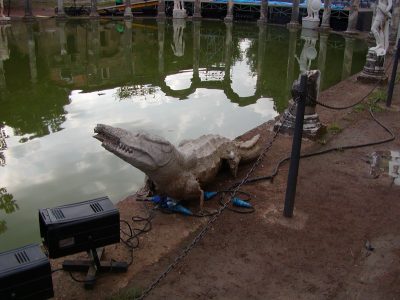
2002-09-08-181823 -
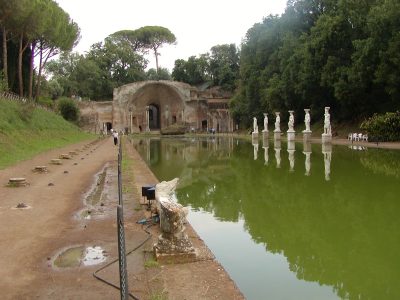
2002-09-08-181800 -
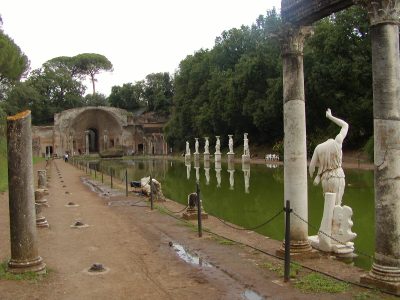
The Canopus and Temple of Serapis -
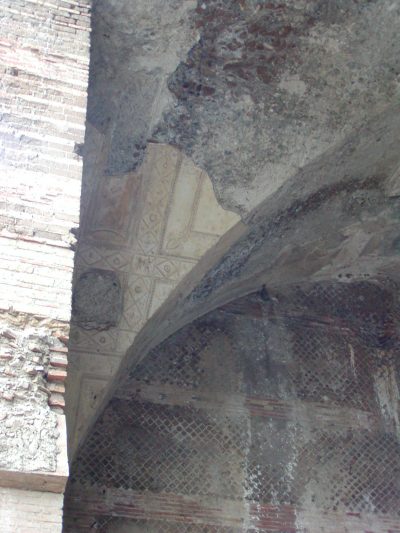
2002-09-08-181611 -
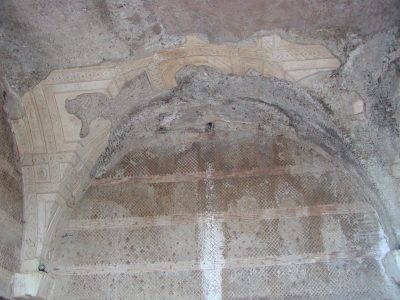
2002-09-08-181557 -
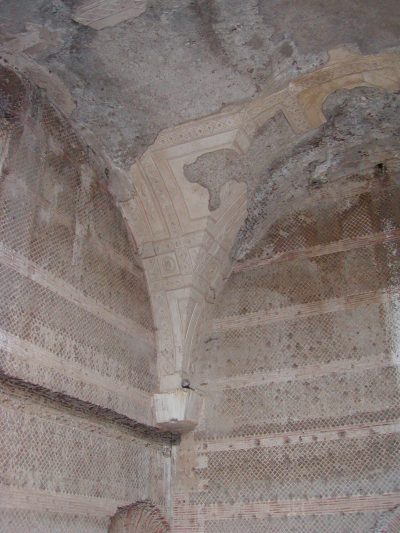
2002-09-08-181547 -
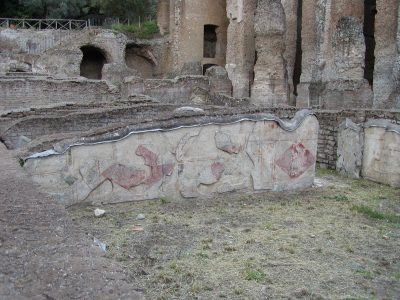
2002-09-08-181522 -
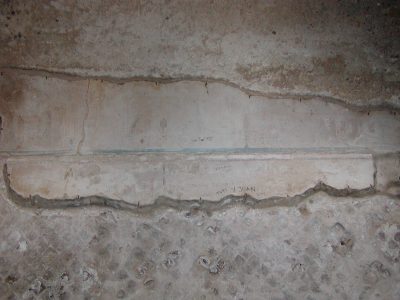
2002-09-08-175741 -
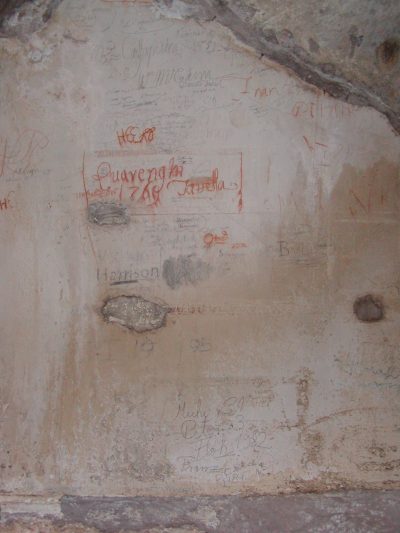
2002-09-08-175649 -
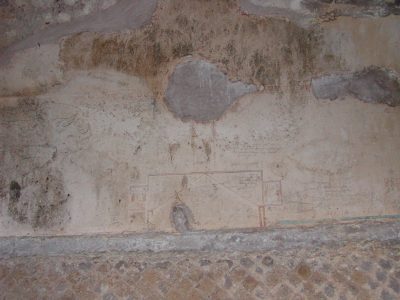
2002-09-08-175626 -
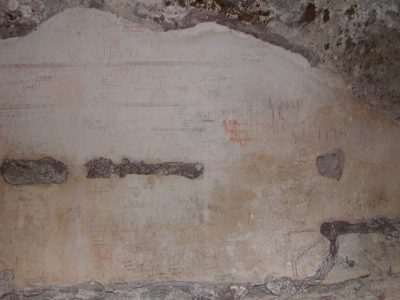
2002-09-08-175606 -
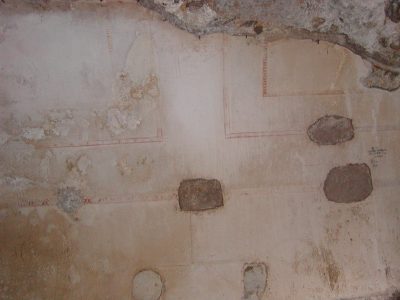
2002-09-08-175435 -
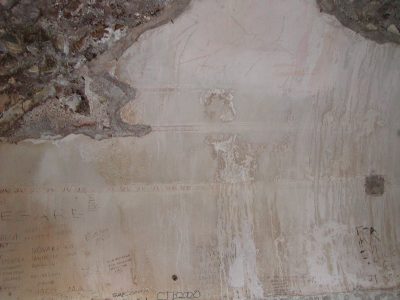
2002-09-08-175424 -
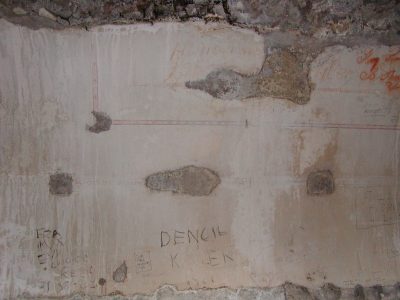
2002-09-08-175413 -
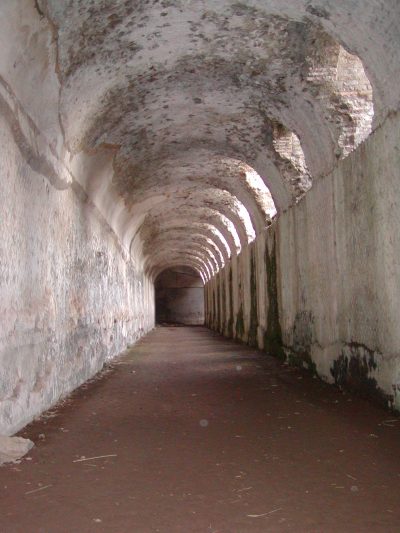
2002-09-08-175204 -
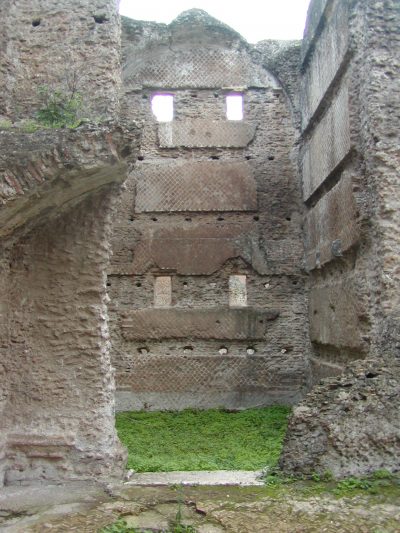
2002-09-08-174852 -
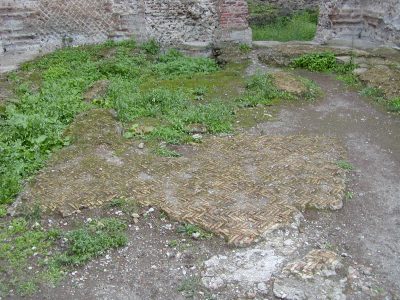
2002-09-08-174833 -
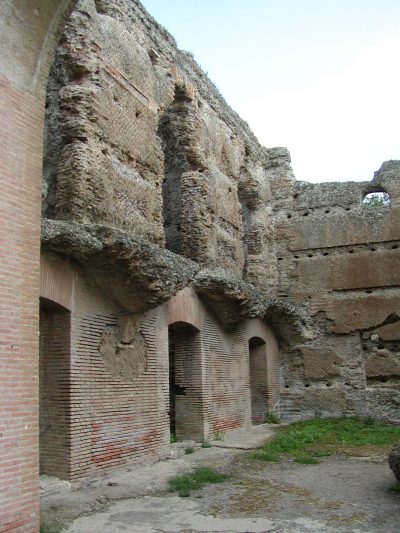
2002-09-08-174820 -
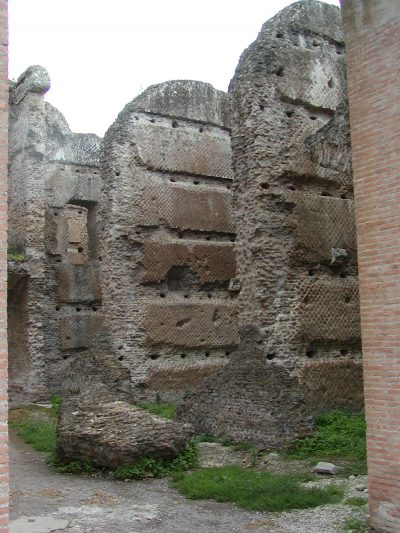
2002-09-08-174804 -
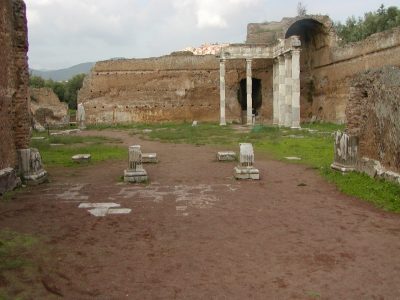
2002-09-08-174719 -
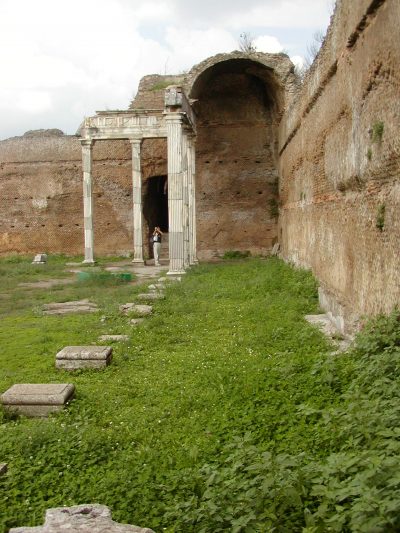
2002-09-08-174654 -
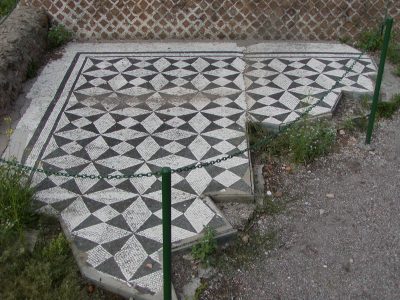
2002-09-08-174535 -
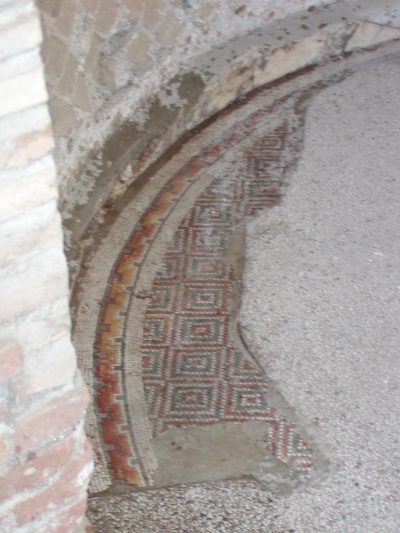
2002-09-08-174338 -
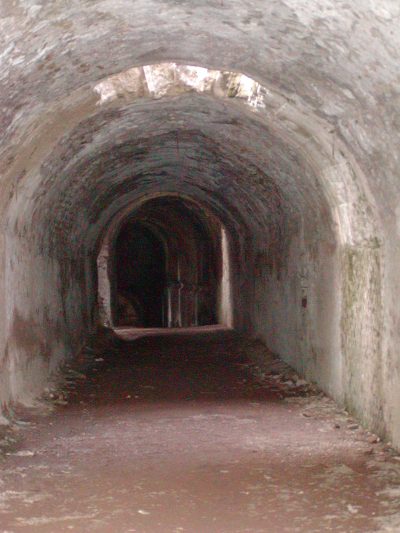
2002-09-08-174202 -
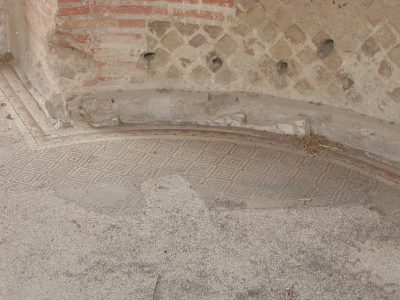
2002-09-08-174129 -
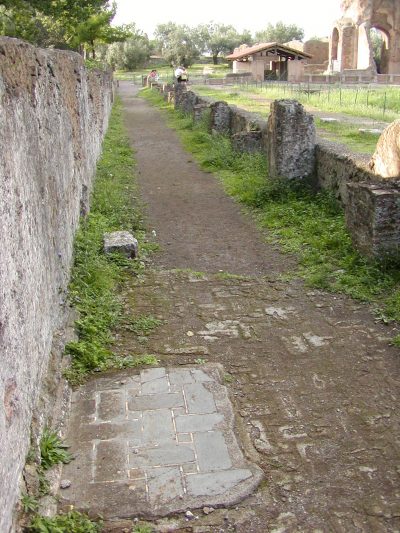
2002-09-08-174003 -
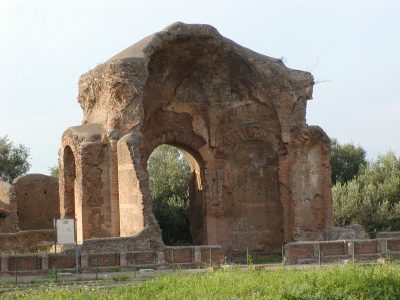
2002-09-08-173940 -
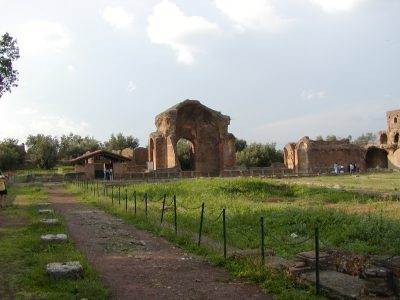
2002-09-08-173933 -
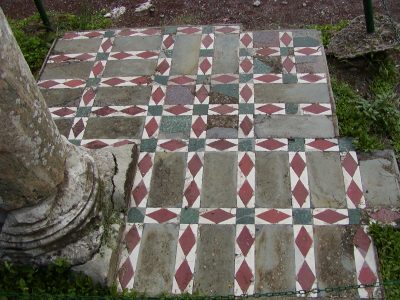
2002-09-08-173918 -
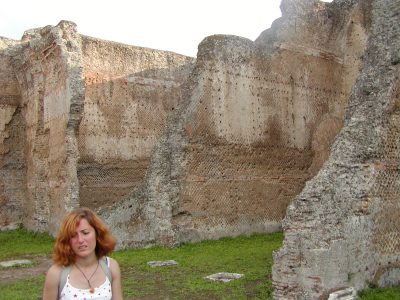
2002-09-08-173837 -
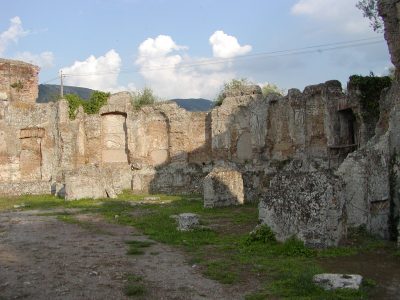
2002-09-08-173828 -
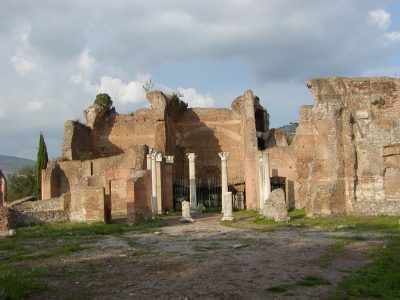
2002-09-08-173819 -
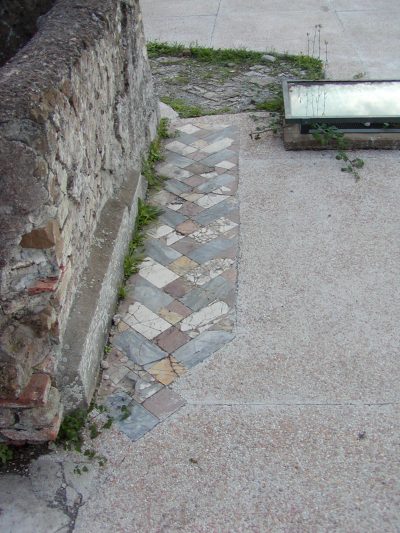
2002-09-08-172120 -
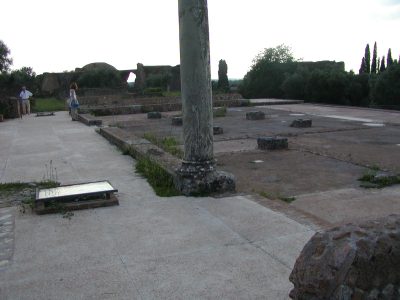
2002-09-08-172110 -
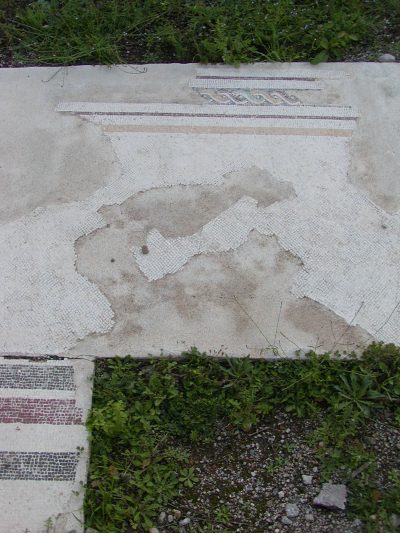
2002-09-08-172049 -
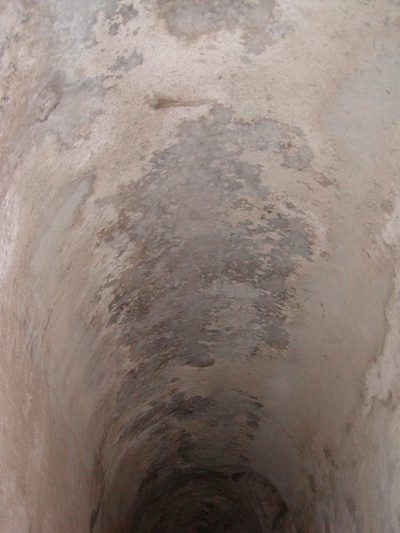
2002-09-08-171958 -
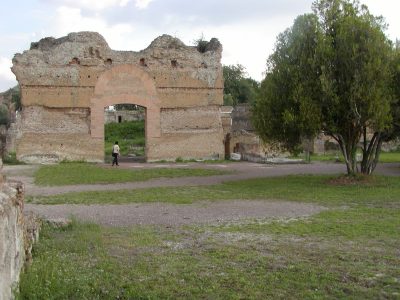
2002-09-08-171913 -
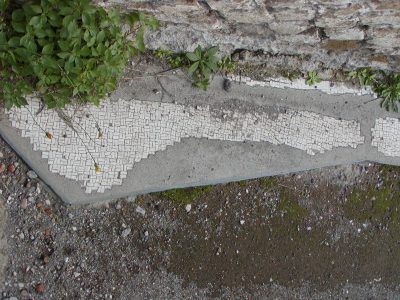
2002-09-08-171907 -
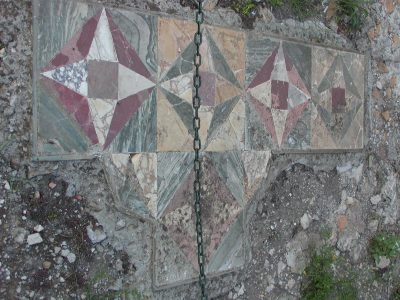
2002-09-08-171849 -
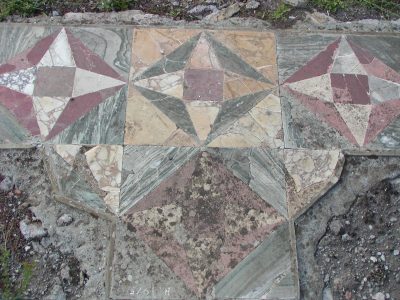
2002-09-08-171843 -

2002-09-08-171427 -
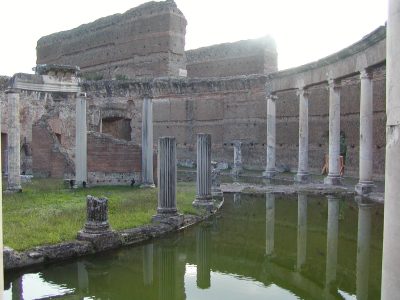
2002-09-08-171258 -
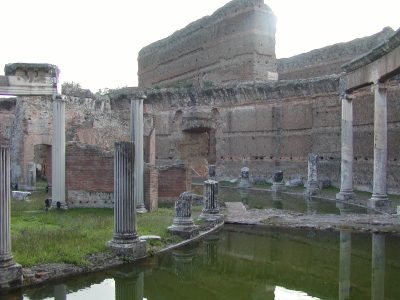
2002-09-08-171244 -
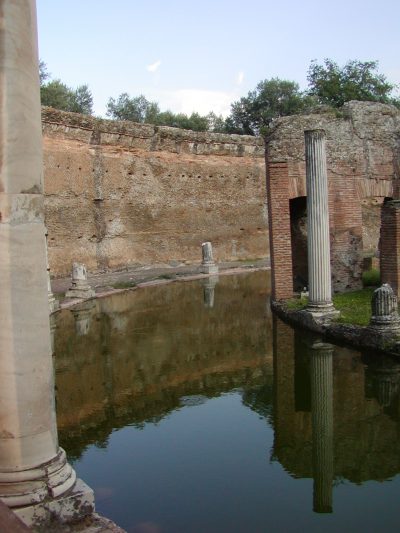
2002-09-08-171230 -
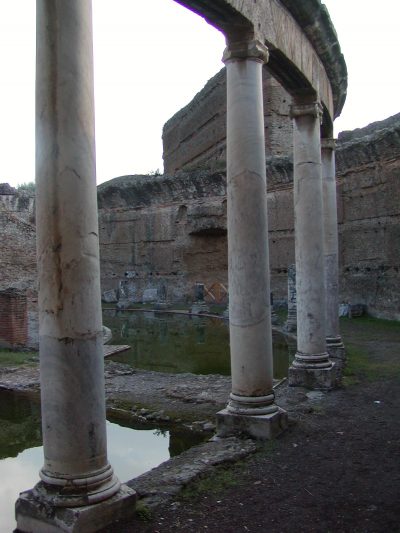
2002-09-08-171222 -
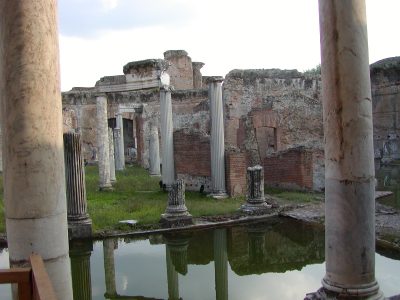
2002-09-08-171217 -
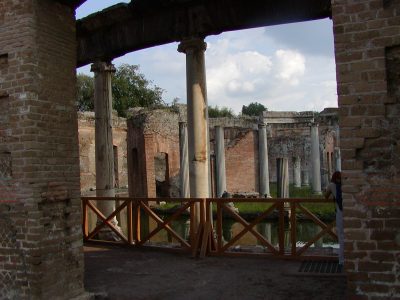
2002-09-08-171203 -
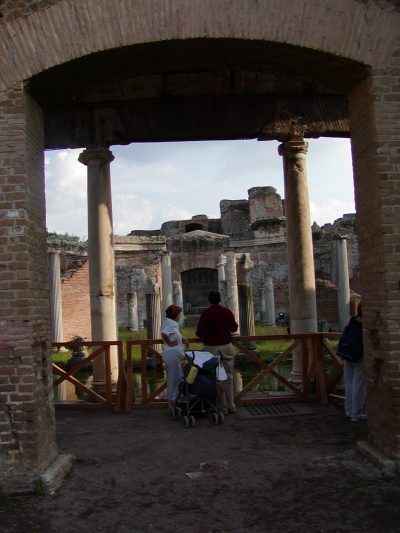
2002-09-08-171128 -
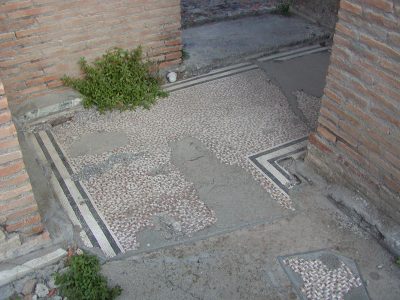
2002-09-08-170857 -
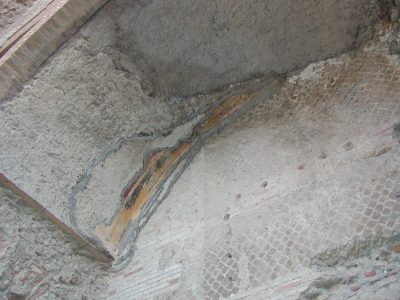
2002-09-08-170723 -
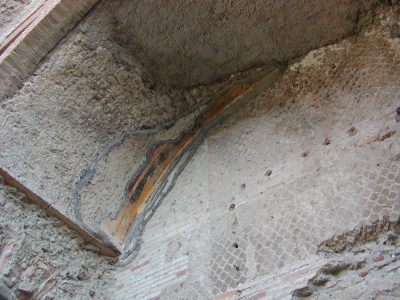
2002-09-08-170712 -
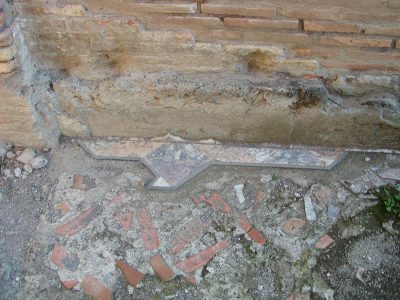
2002-09-08-170702 -
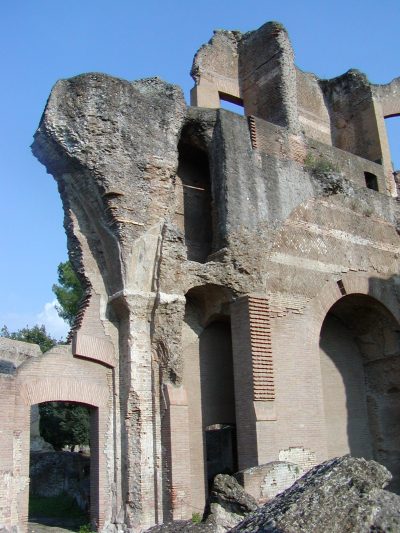
2002-09-08-170631 -
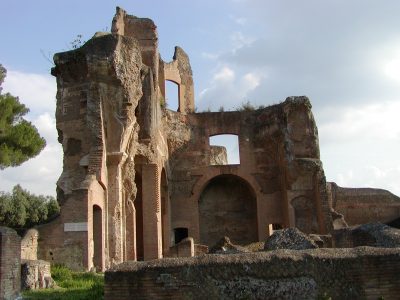
2002-09-08-170545 -
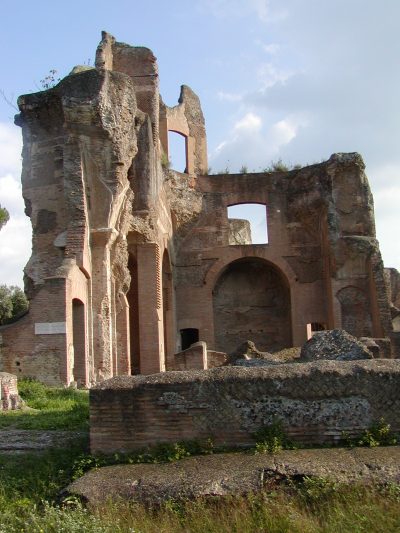
2002-09-08-170540 -
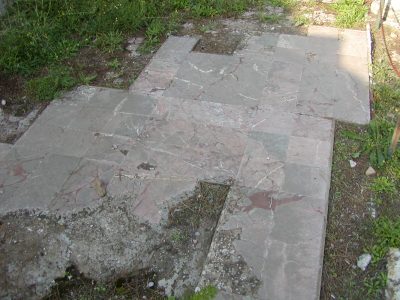
2002-09-08-170210 -
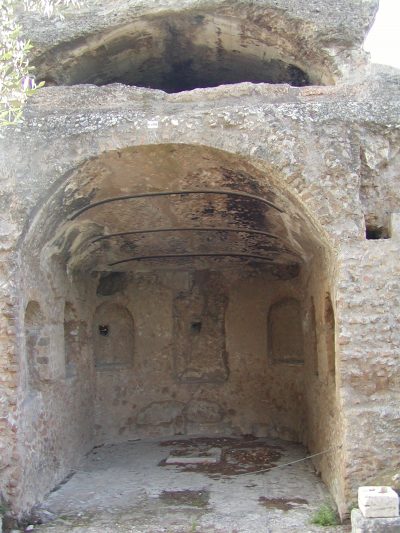
2002-09-08-170113 -
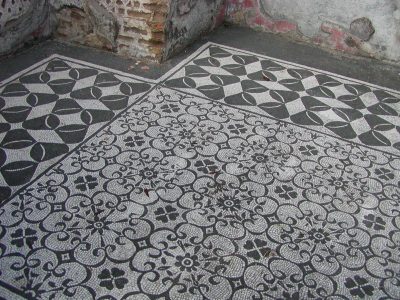
2002-09-08-163819 -
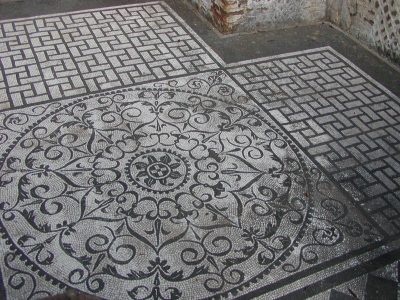
2002-09-08-163800 -
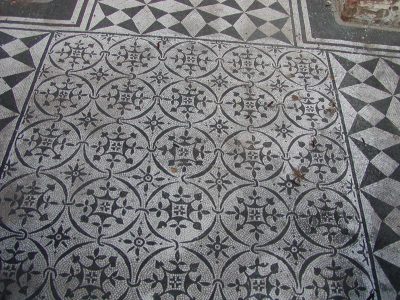
2002-09-08-163710 -
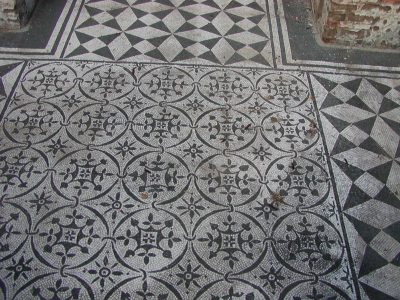
2002-09-08-163702 -
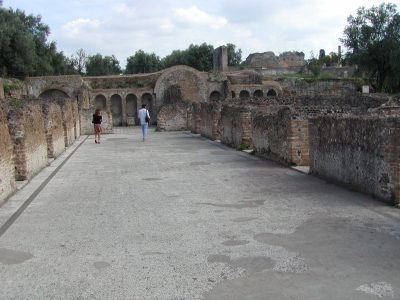
2002-09-08-163626 -
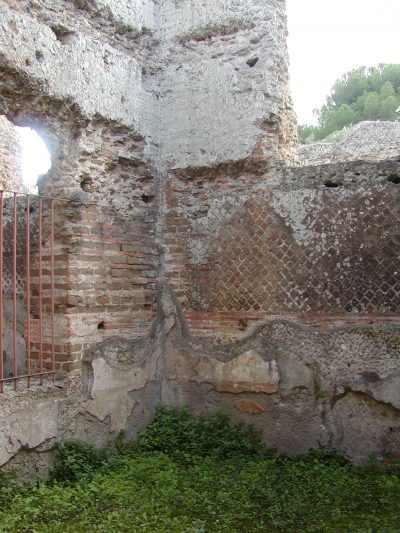
2002-09-08-163359 -
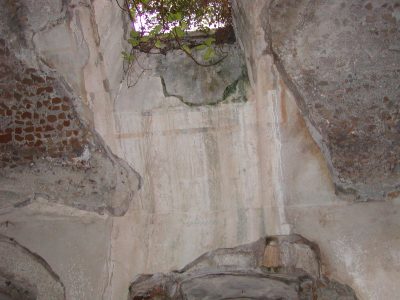
2002-09-08-163314 -
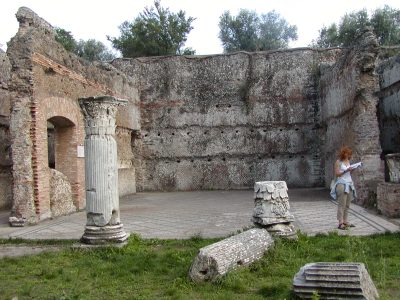
2002-09-08-163212 -
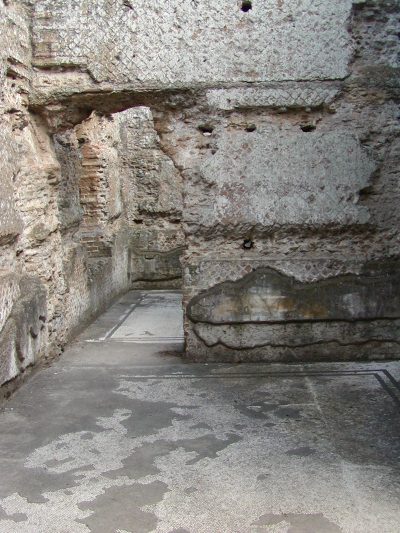
2002-09-08-163153 -
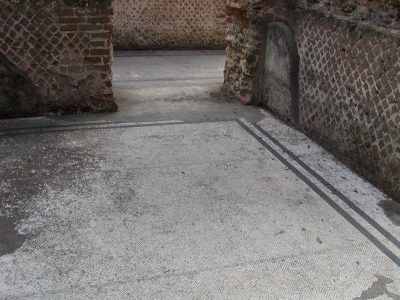
2002-09-08-163130 -
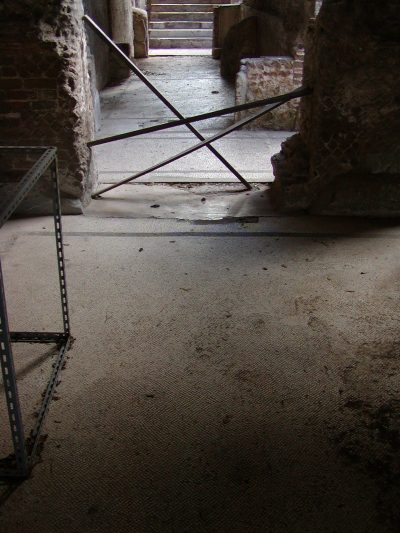
2002-09-08-163112 -

2002-09-08-163053 -
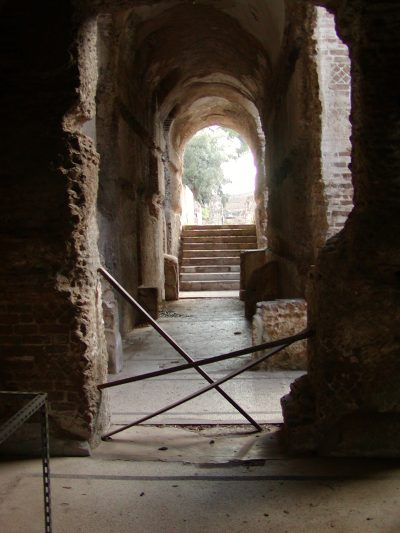
2002-09-08-163031 -
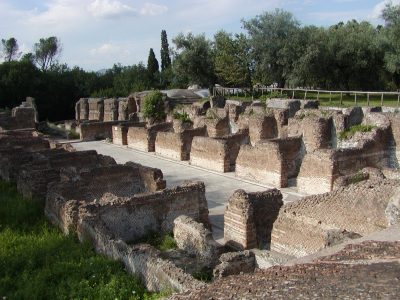
2002-09-08-162830 -
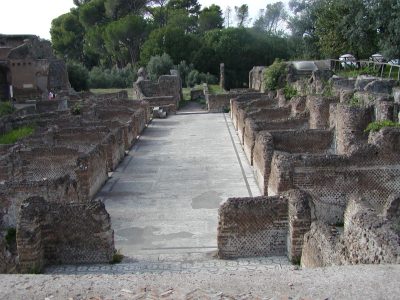
2002-09-08-162748 -
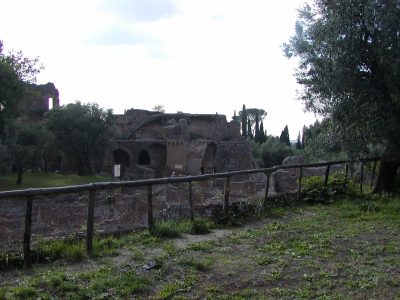
2002-09-08-162657 -
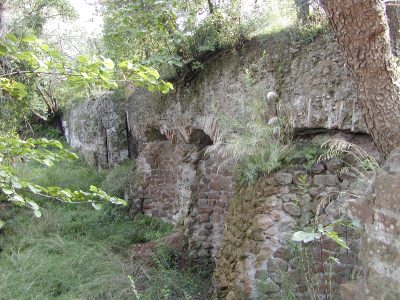
2002-09-08-162546 -
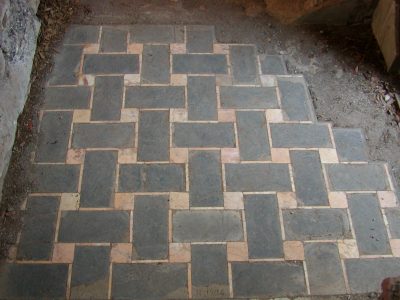
2002-09-08-162417 -
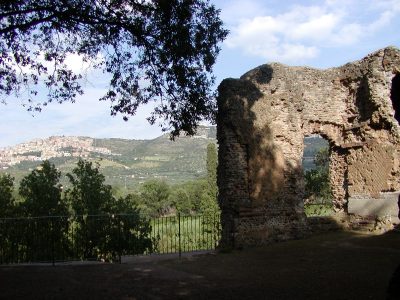
2002-09-08-162404 -
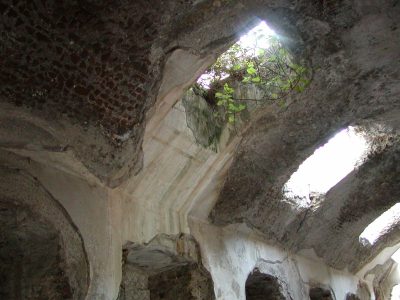
2002-09-08-162305 -
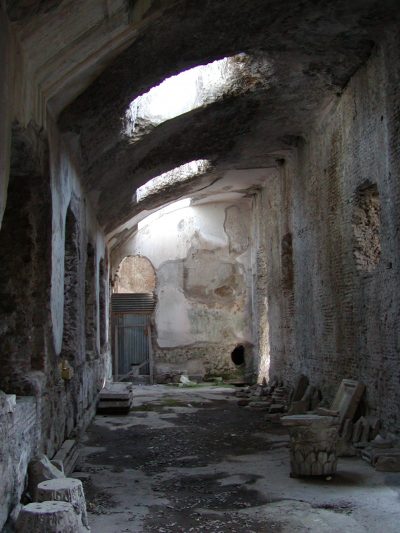
2002-09-08-162255 -
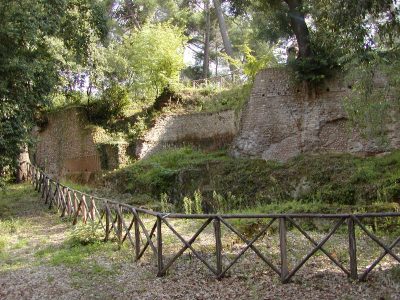
2002-09-08-161756 -
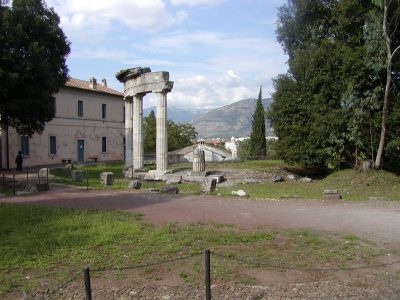
2002-09-08-160022 -
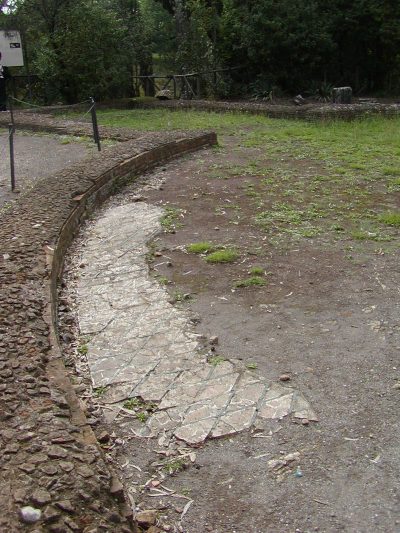
2002-09-08-155759 -
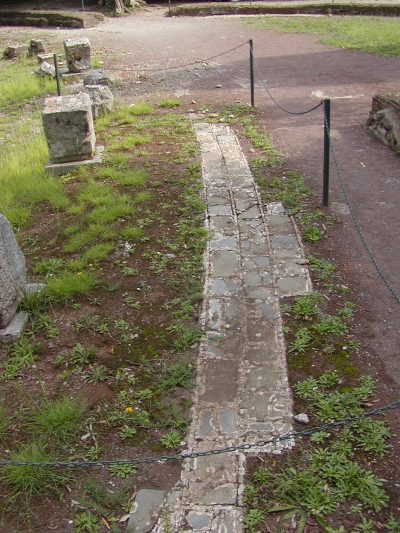
2002-09-08-155518 -
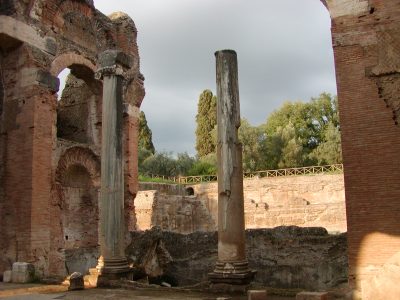
2002-09-08-183819 -
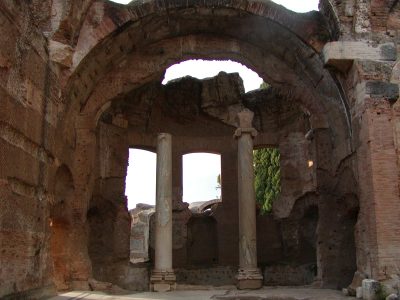
2002-09-08-183806 -
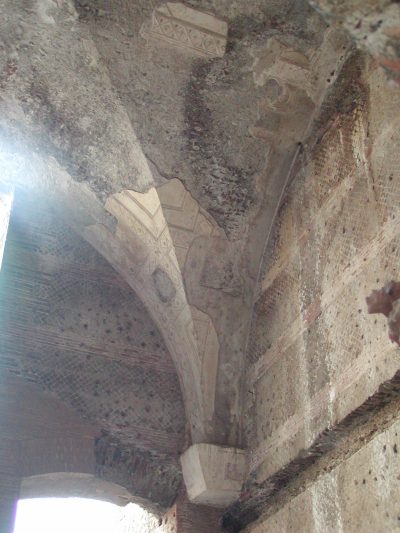
2002-09-08-183748 -
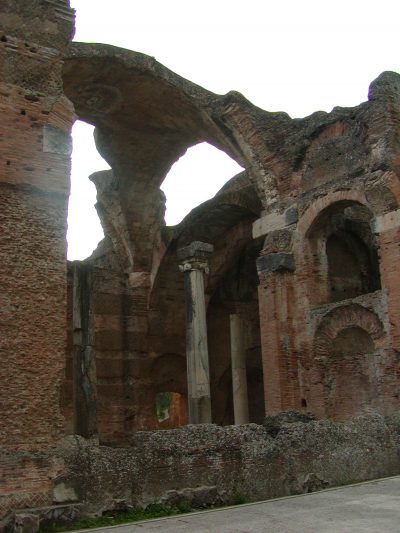
2002-09-08-183707 -
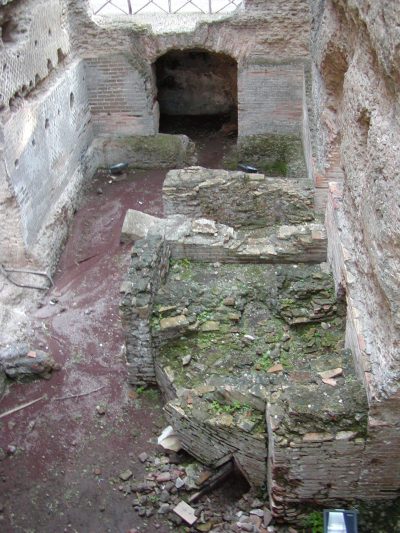
2002-09-08-183539 -
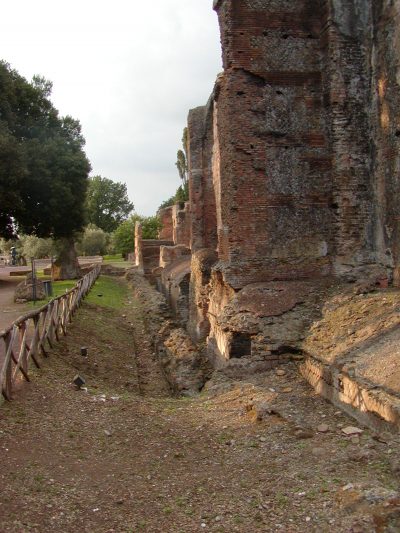
2002-09-08-183446 -
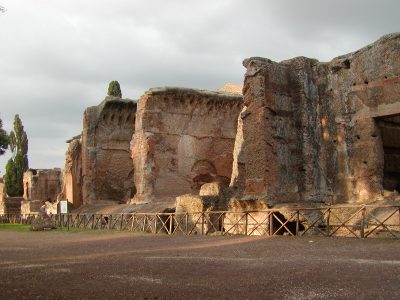
2002-09-08-183427 -
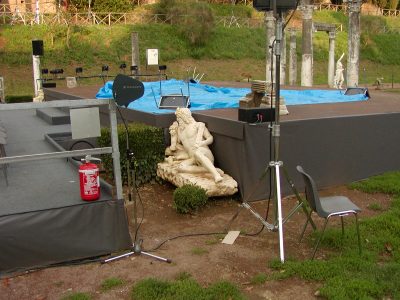
2002-09-08-183348 -
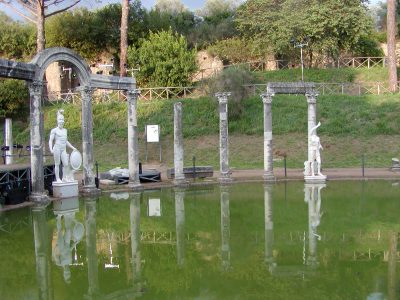
2002-09-08-183322 -
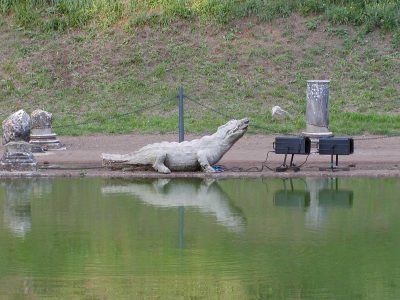
2002-09-08-183301 -
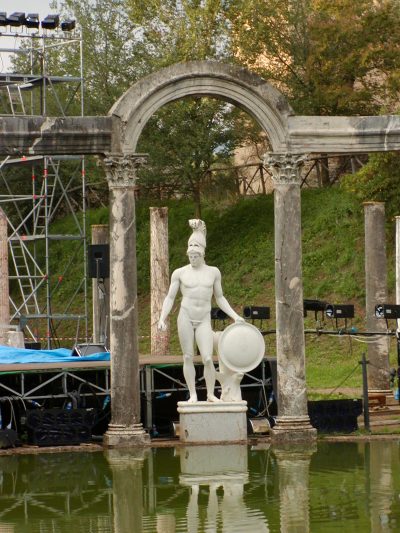
2002-09-08-183251 -
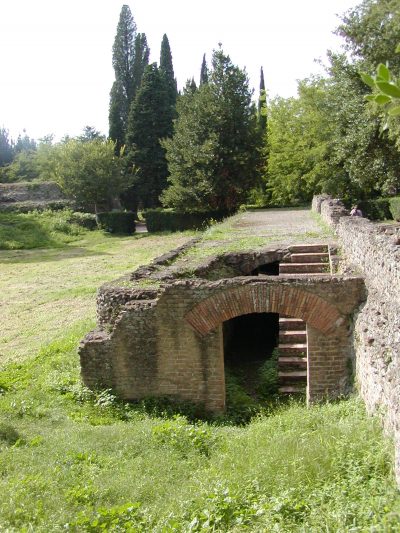
2002-09-08-153250 -
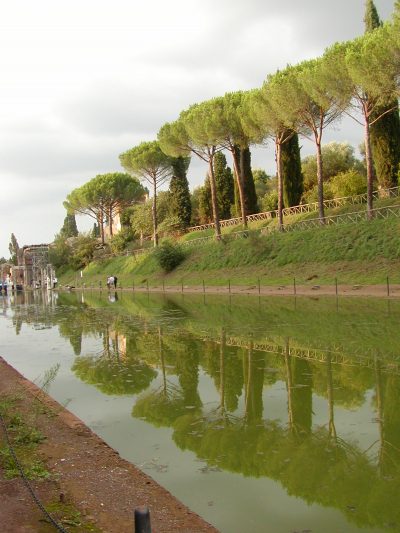
2002-09-08-183128 -
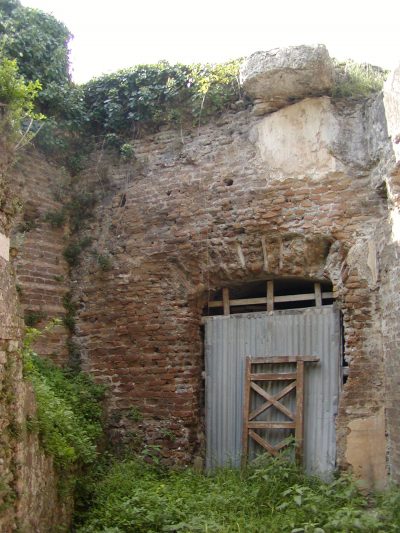
2002-09-08-153108 -
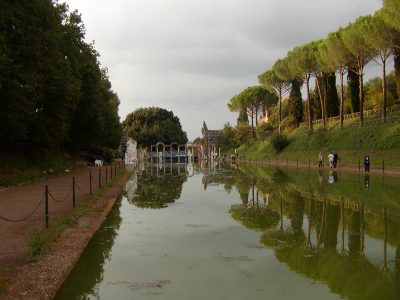
2002-09-08-183048 -
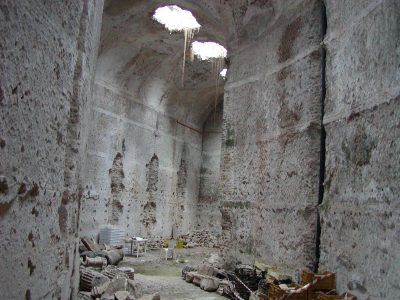
2002-09-08-182951 -
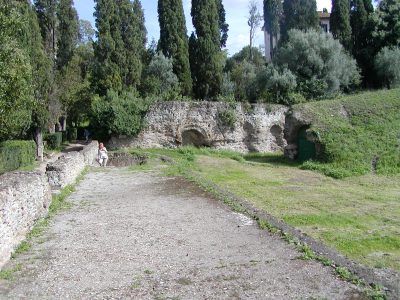
2002-09-08-152839 -
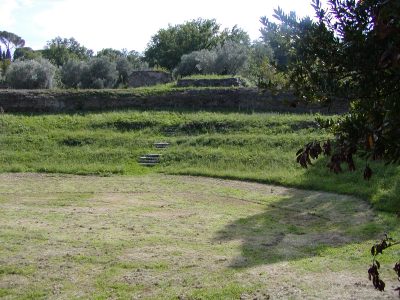
2002-09-08-152834 -
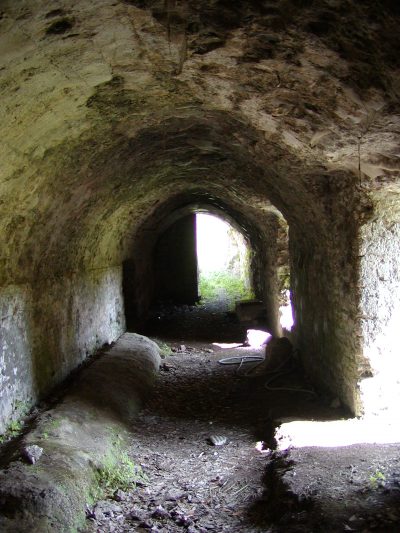
2002-09-08-152642 -
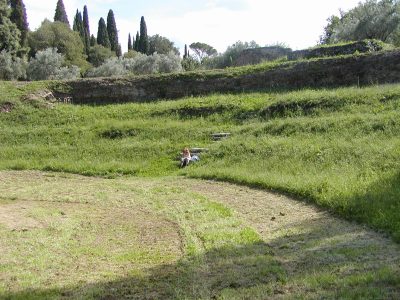
2002-09-08-152525 -
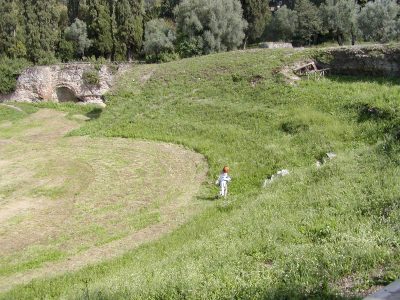
2002-09-08-152429 -
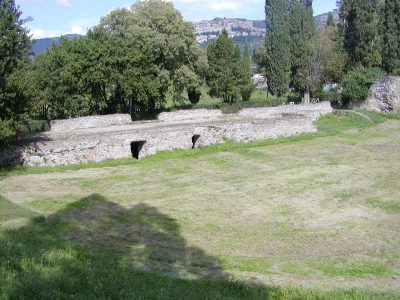
2002-09-08-152422 -
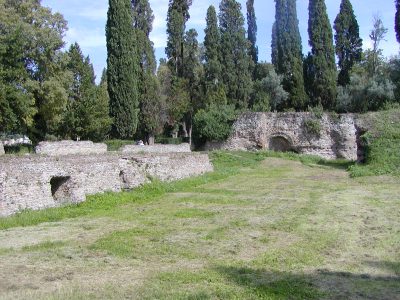
2002-09-08-152110 -
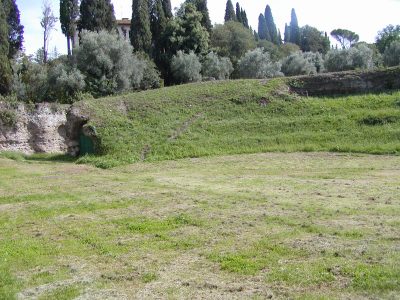
2002-09-08-152043 -
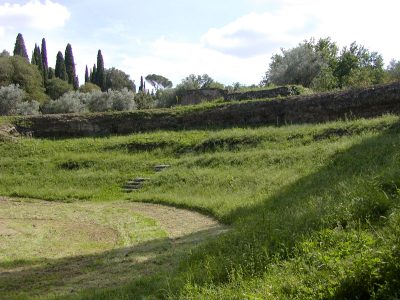
2002-09-08-152012 -
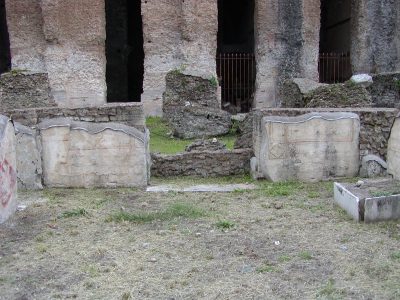
2002-09-08-181515 -
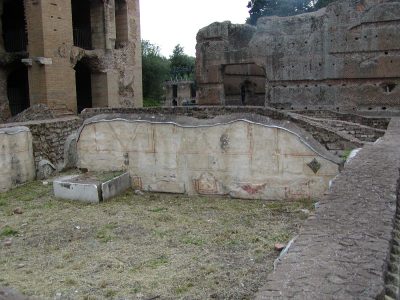
2002-09-08-181508 -
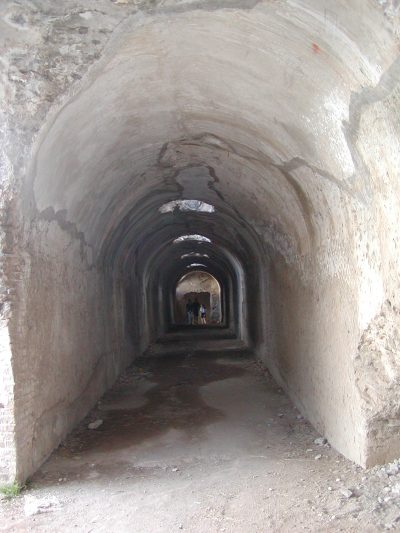
2002-09-08-181434 -
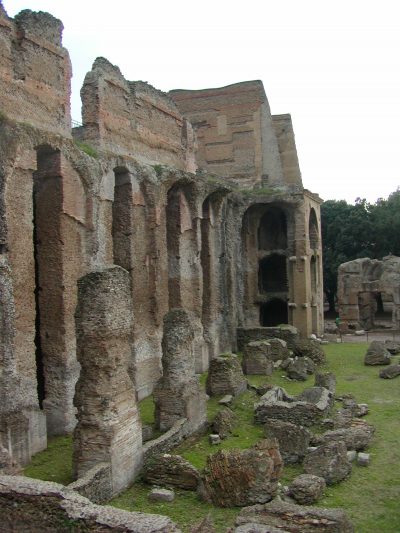
2002-09-08-181413 -
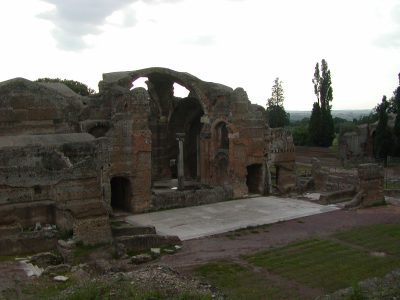
2002-09-08-181351 -
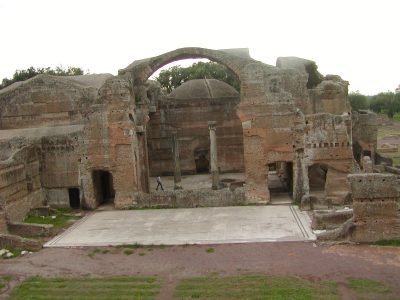
2002-09-08-181318 -
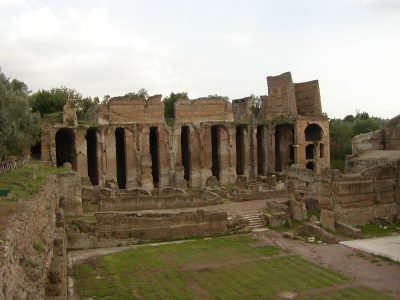
2002-09-08-181249 -
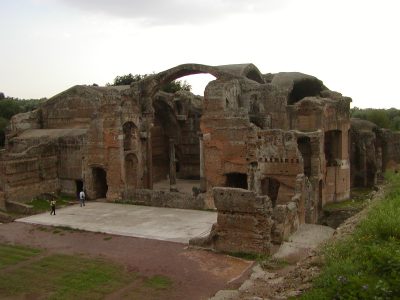
2002-09-08-181241 -
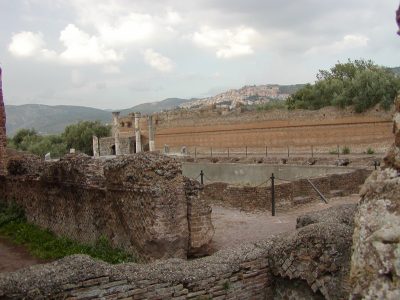
2002-09-08-181152 -
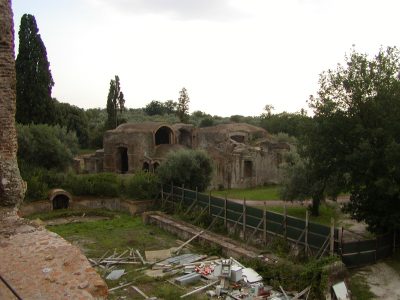
2002-09-08-181054 -
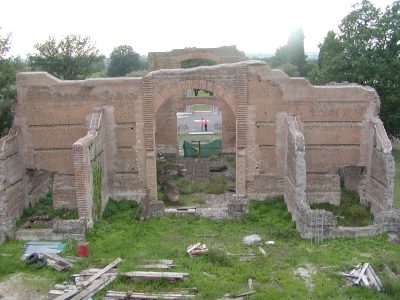
2002-09-08-181039 -
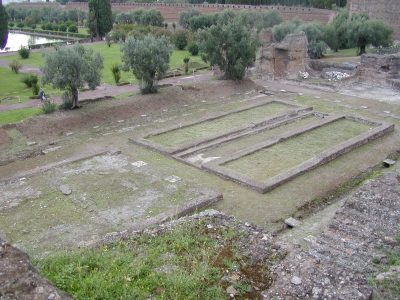
2002-09-08-180835 -
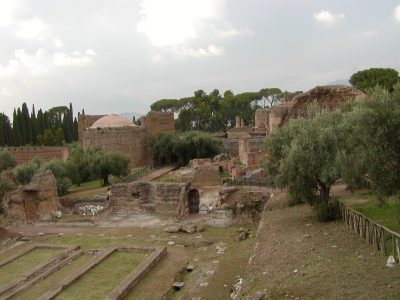
2002-09-08-180822 -
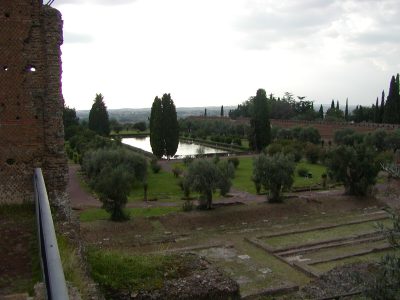
2002-09-08-180806 -
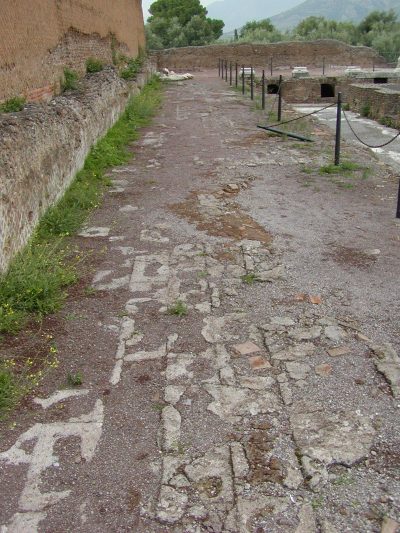
2002-09-08-180647 -
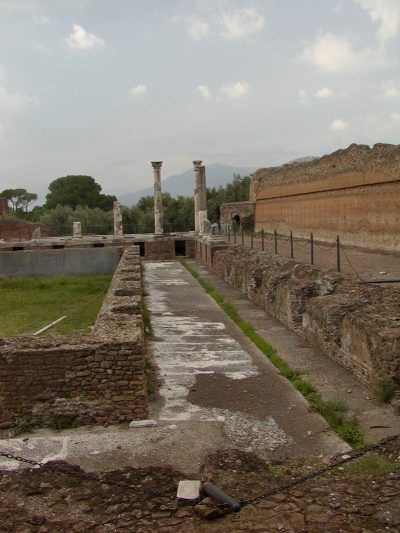
2002-09-08-180529 -
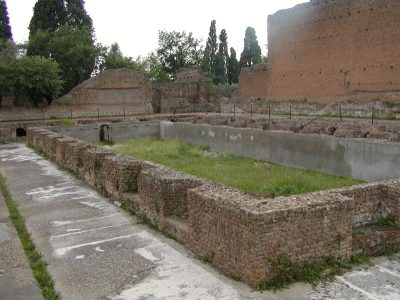
2002-09-08-180410 -
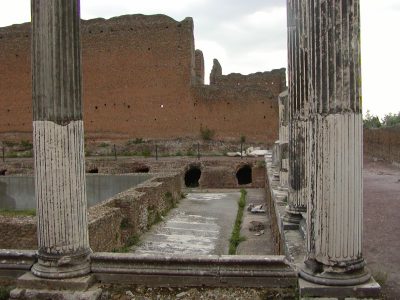
2002-09-08-180358 -
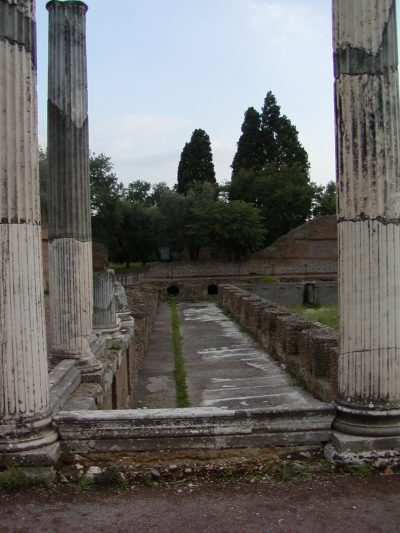
2002-09-08-180339 -
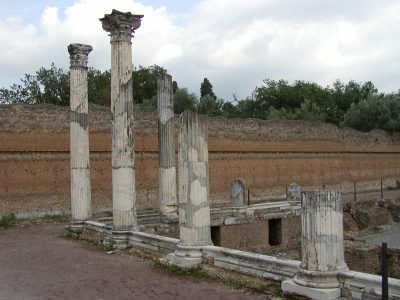
2002-09-08-180257 -
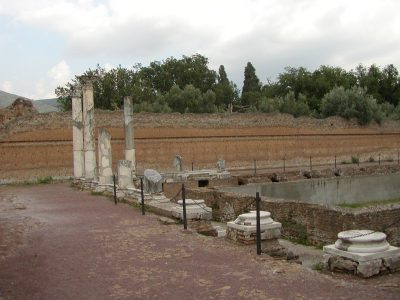
2002-09-08-180238 -
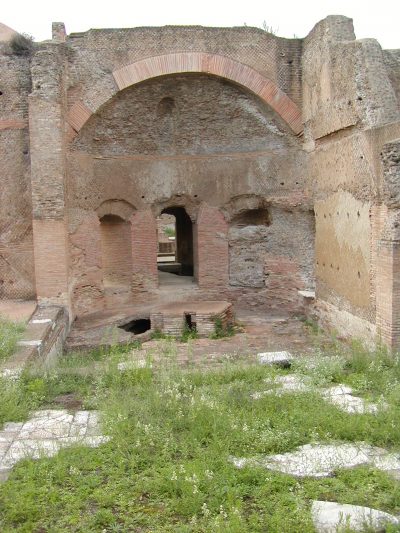
2002-09-08-180118 -
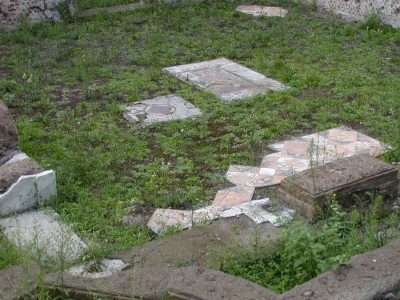
2002-09-08-180104 -
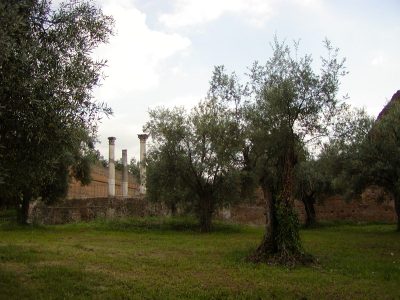
2002-09-08-175947 -
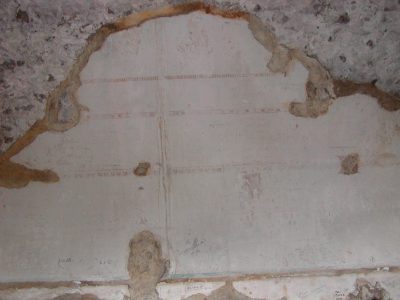
2002-09-08-175816 -
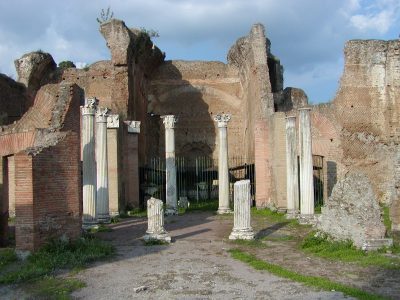
2002-09-08-173740 -
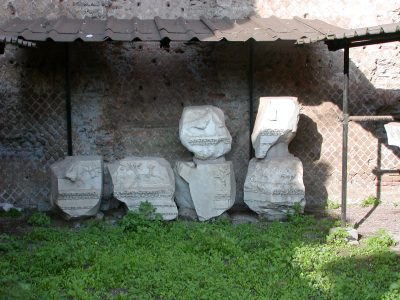
2002-09-08-173655 -
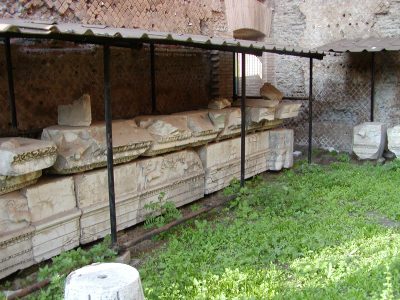
2002-09-08-173646 -
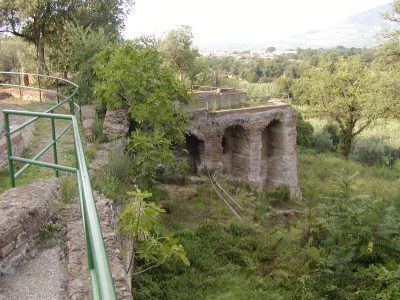
2002-09-08-173457 -
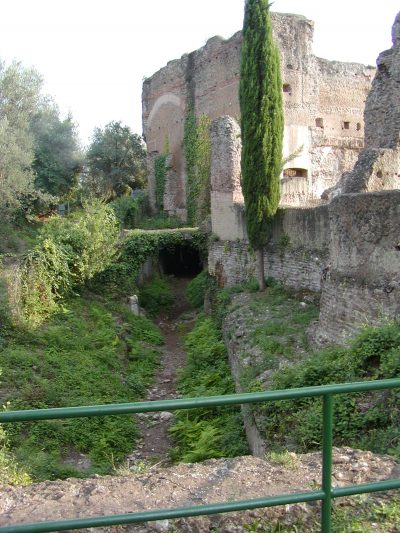
2002-09-08-173438 -
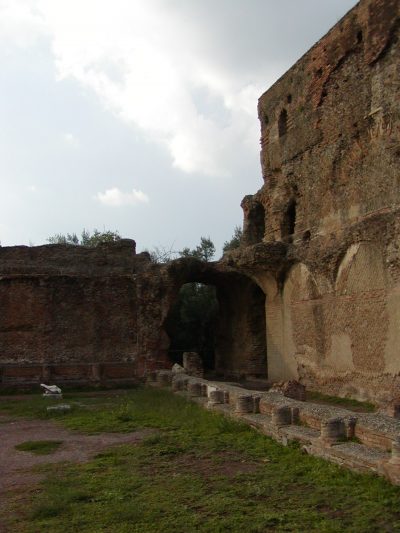
2002-09-08-173338 -
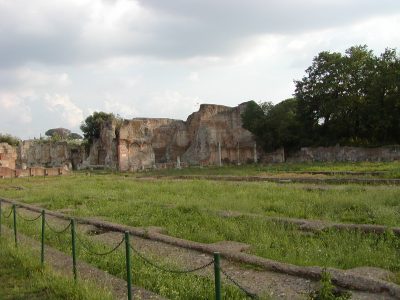
2002-09-08-173315 -
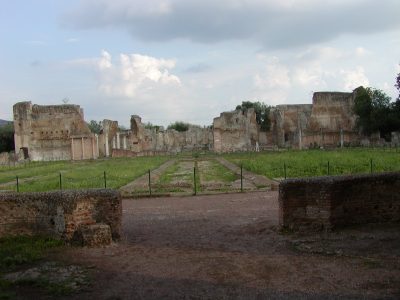
2002-09-08-173116 -
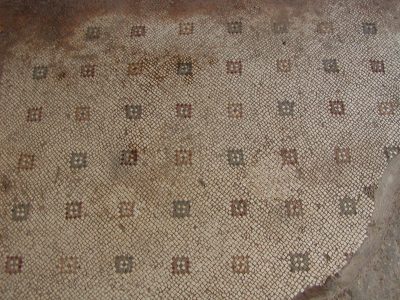
2002-09-08-172945 -
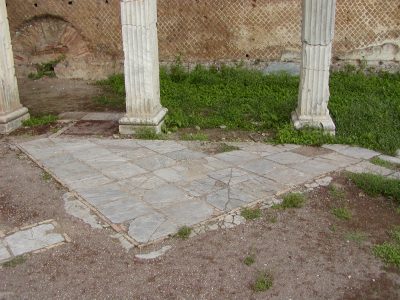
2002-09-08-172917 -
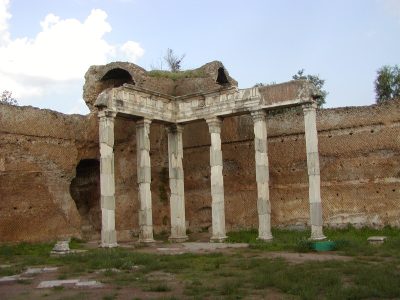
2002-09-08-172858 -
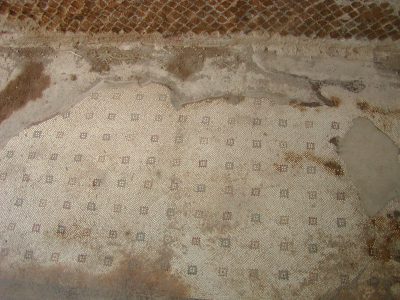
2002-09-08-172806 -
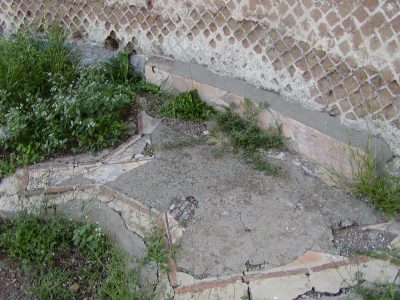
2002-09-08-172629 -
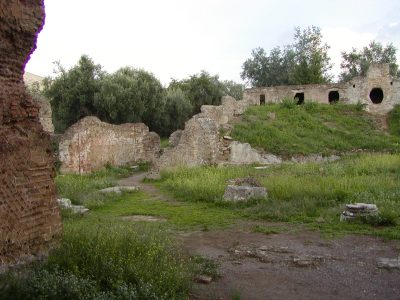
2002-09-08-172622 -
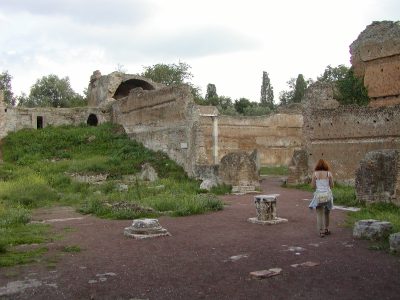
2002-09-08-172618 -
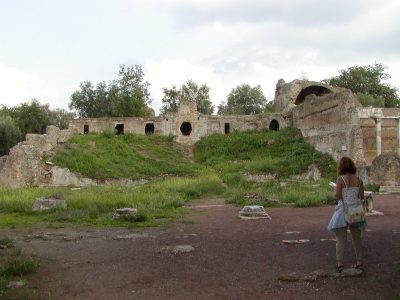
2002-09-08-172609 -
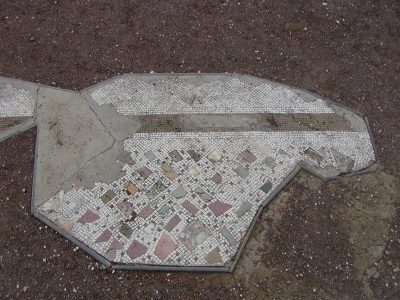
2002-09-08-172553 -
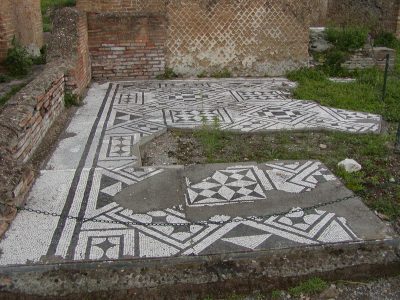
2002-09-08-172536 -
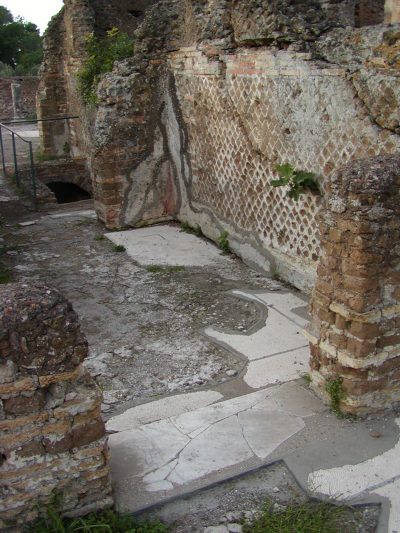
2002-09-08-172504 -
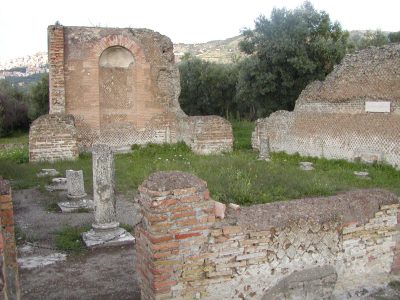
2002-09-08-172339 -
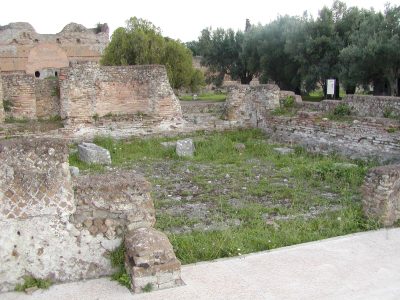
2002-09-08-172256 -
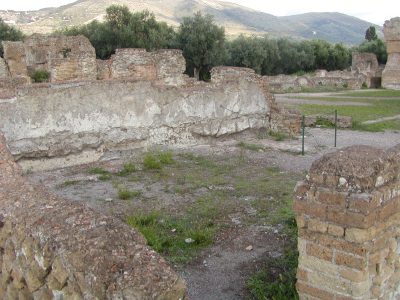
2002-09-08-172236 -
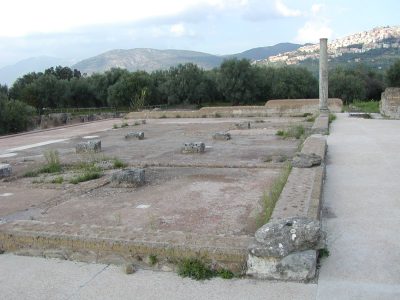
2002-09-08-172228 -
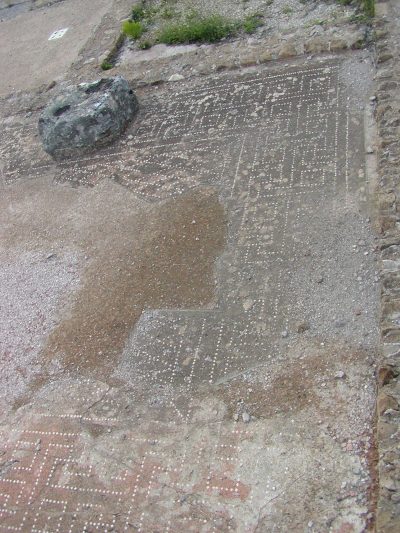
2002-09-08-172214 -
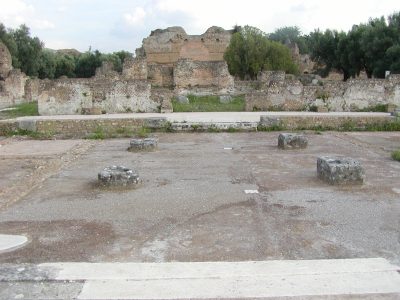
2002-09-08-172153 -
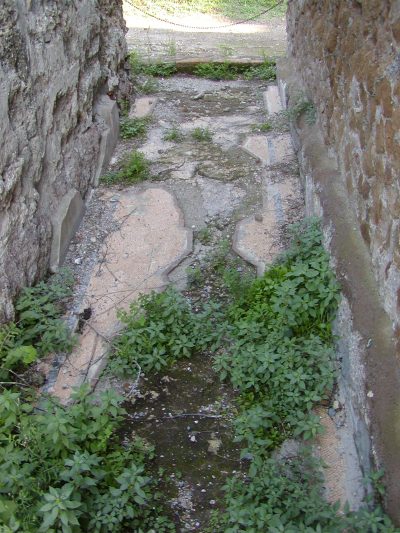
2002-09-08-170013 -
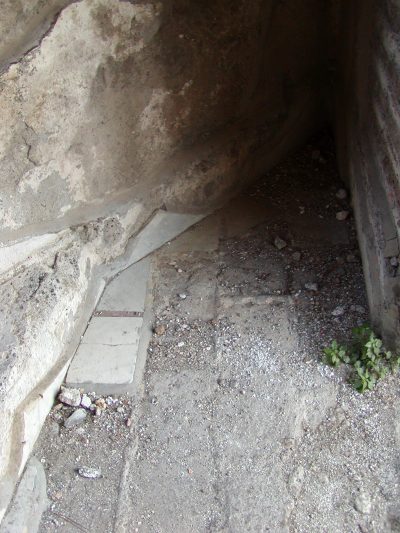
2002-09-08-165912 -
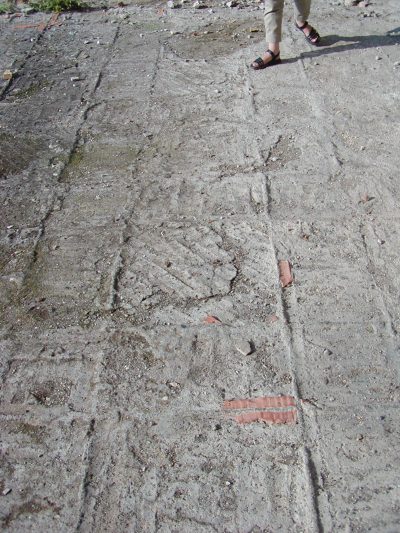
2002-09-08-165829 -
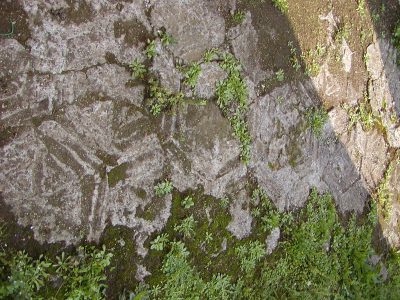
2002-09-08-165637 -
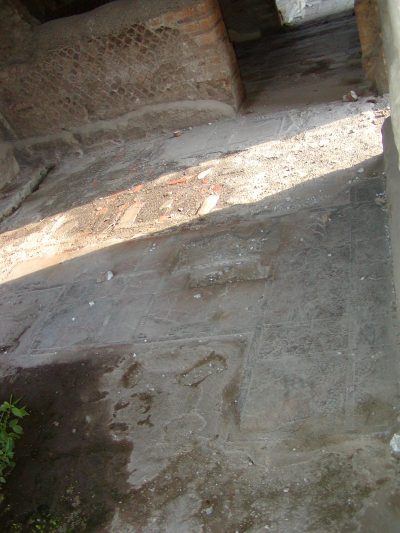
2002-09-08-165413 -
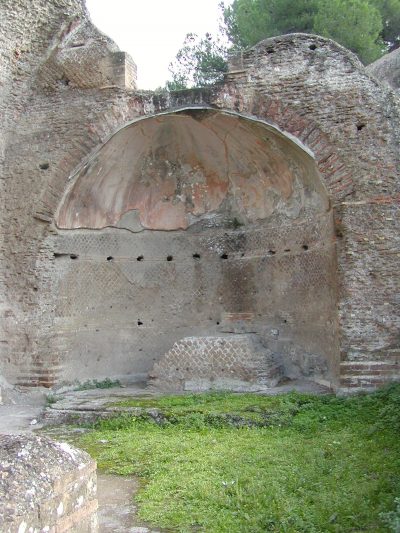
2002-09-08-165329 -

2002-09-08-165301 -
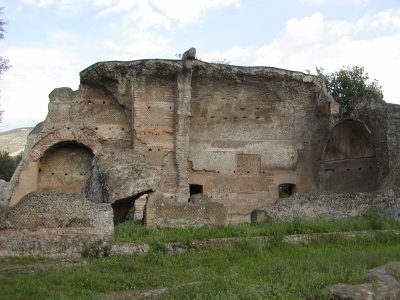
2002-09-08-165209 -
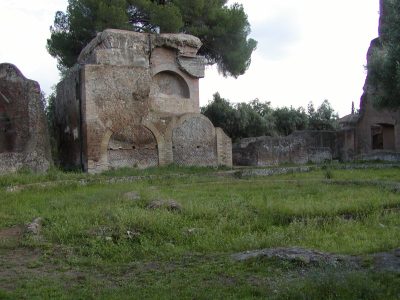
2002-09-08-165148 -
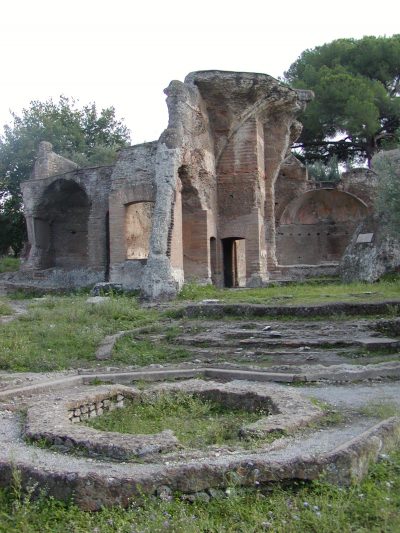
2002-09-08-165055 -
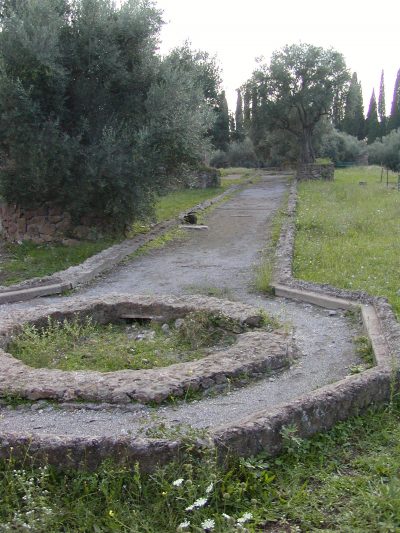
2002-09-08-165002 -
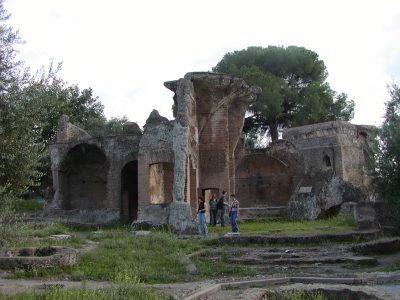
2002-09-08-164940 -
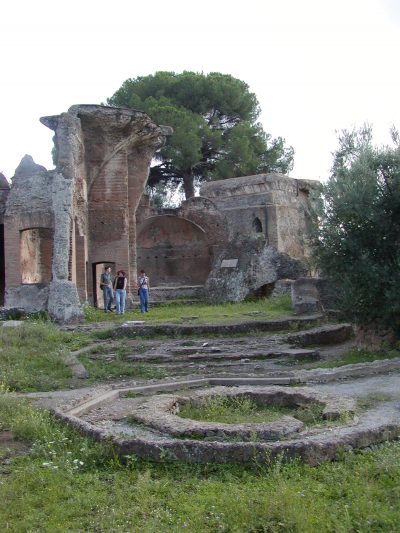
2002-09-08-164935 -
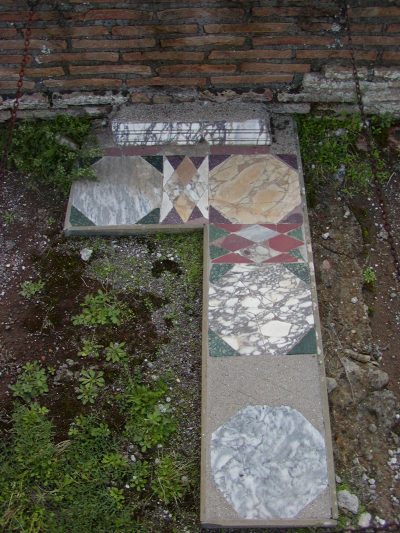
2002-09-08-164733 -
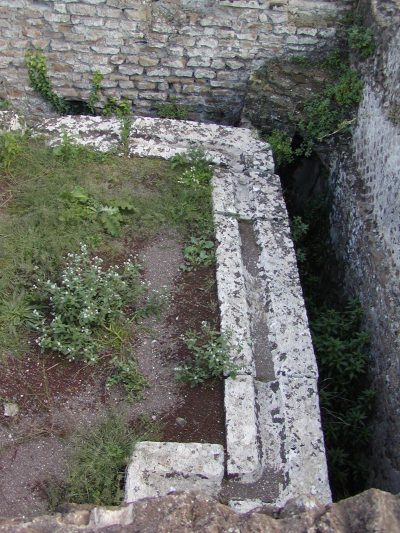
2002-09-08-164635 -
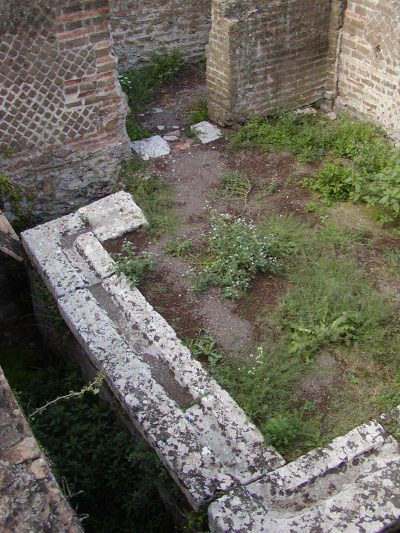
2002-09-08-164300 -
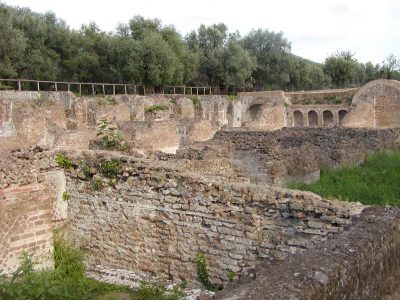
2002-09-08-164105 -
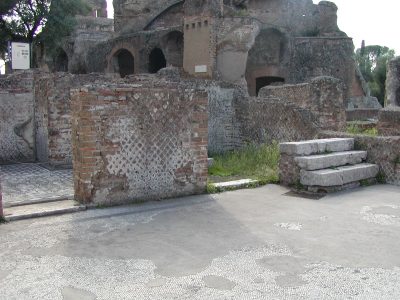
2002-09-08-164035 -
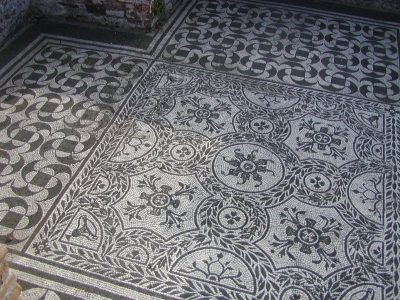
2002-09-08-164021 -
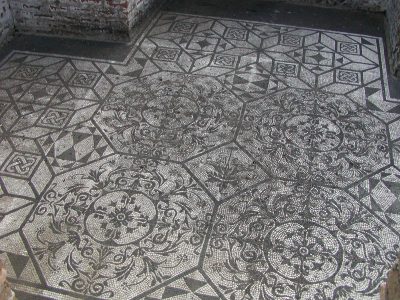
2002-09-08-164011 -
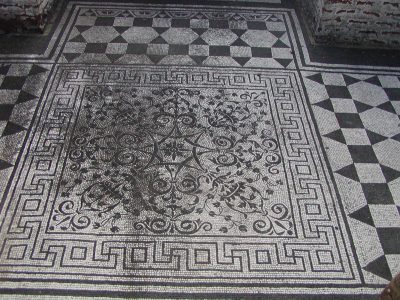
2002-09-08-164000 -
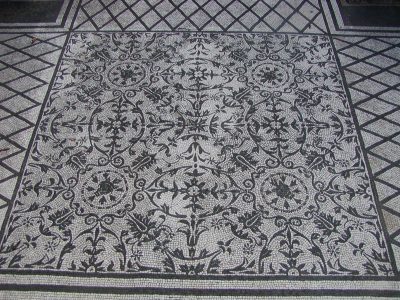
2002-09-08-163949 -
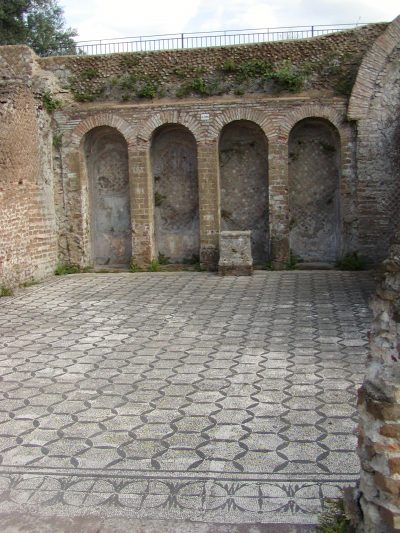
2002-09-08-163940 -
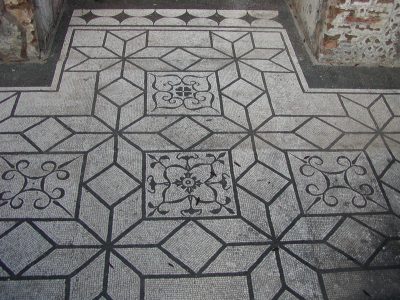
2002-09-08-163854 -
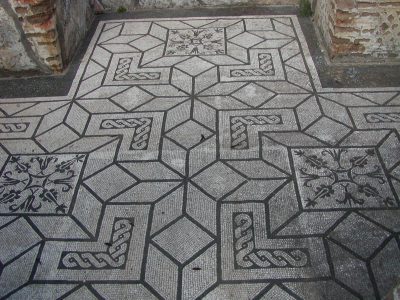
2002-09-08-163837 -
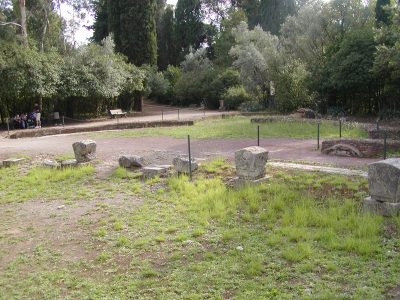
2002-09-08-155502 -
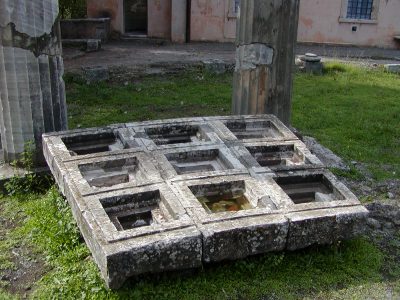
2002-09-08-155417 -
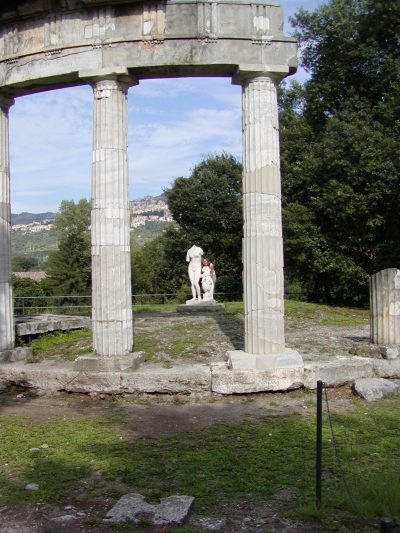
2002-09-08-155302 -
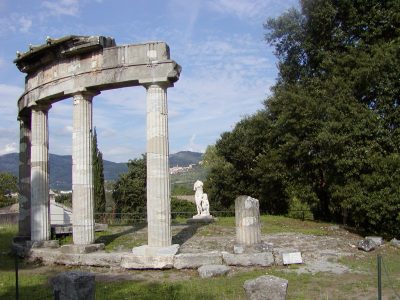
2002-09-08-155135 -
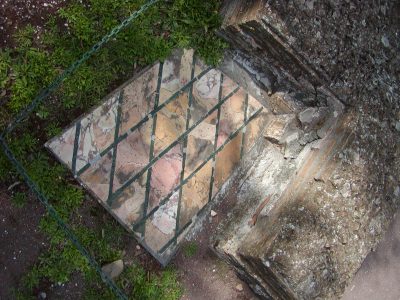
2002-09-08-155126 -
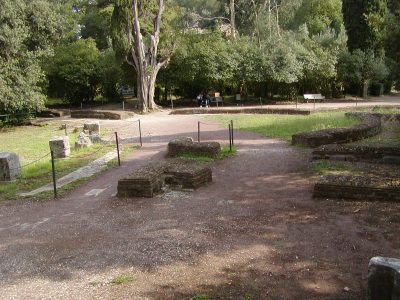
2002-09-08-155045 -
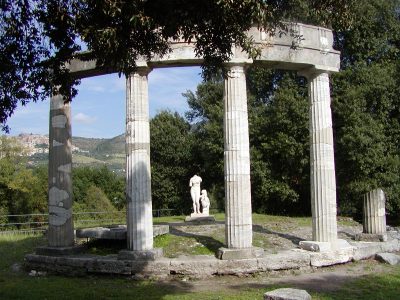
2002-09-08-154730 -
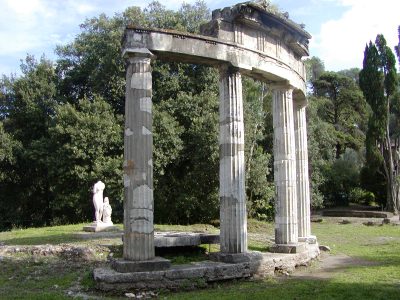
2002-09-08-154704 -
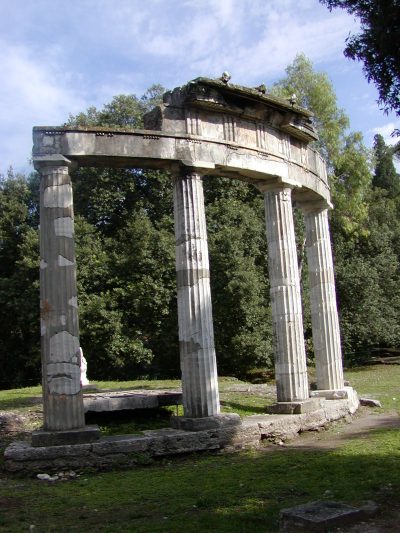
2002-09-08-154637 -
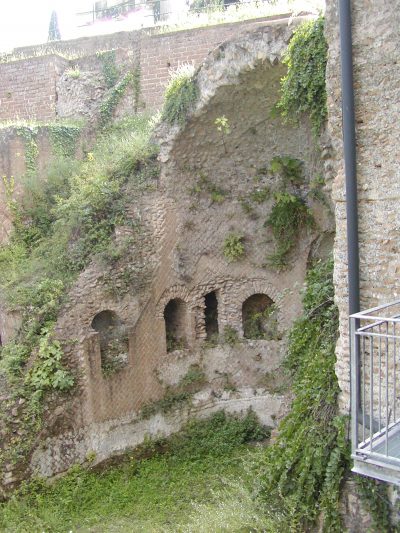
2002-09-08-154408 -
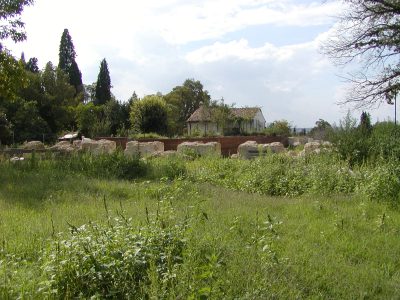
2002-09-08-153749 -
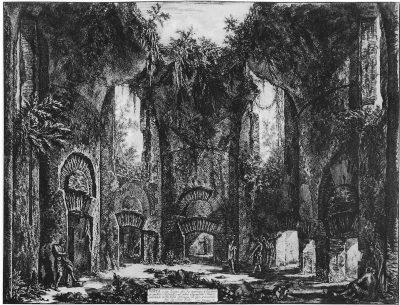
piranesi134 -
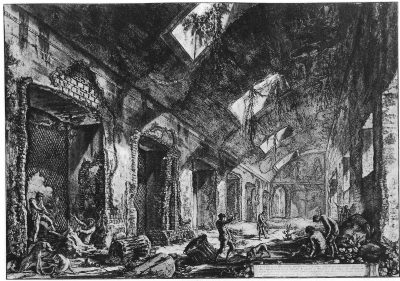
piranesi133 -
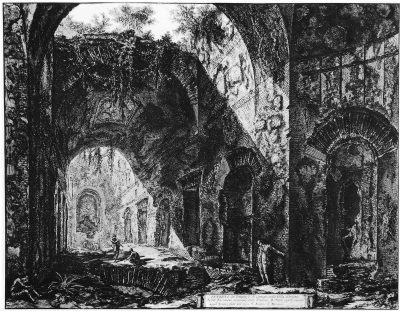
piranesi132 -
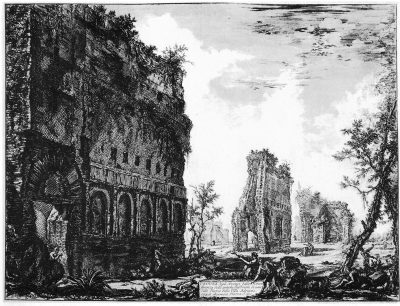
piranesi131 -
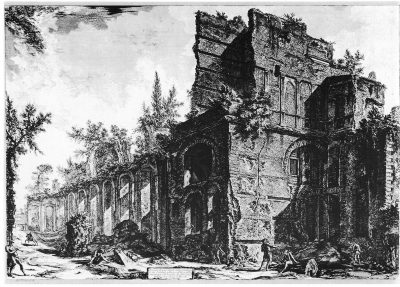
piranesi113 -
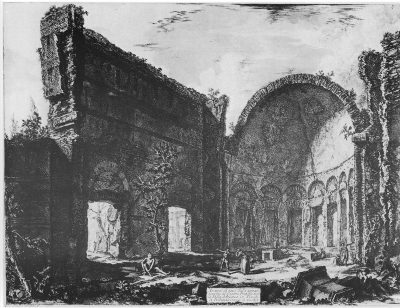
Engraving by Piranesi (18th century) -
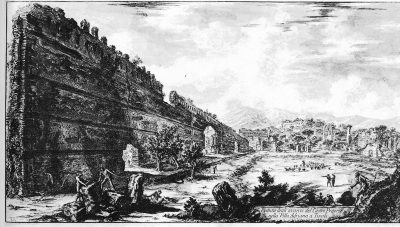
piranesi094 -
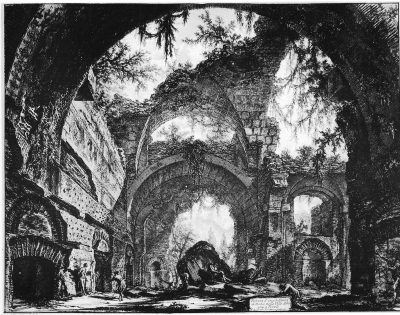
piranesi093 -
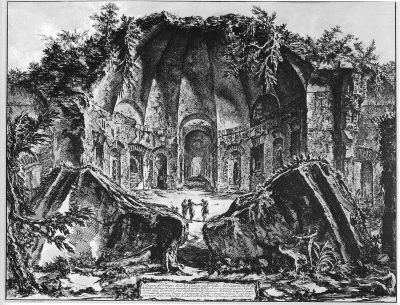
piranesi090 -
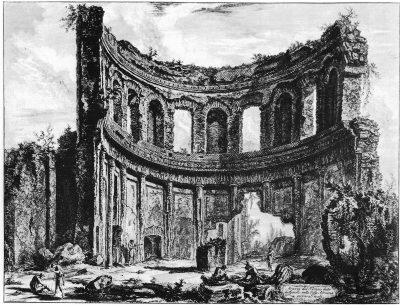
piranesi085 -
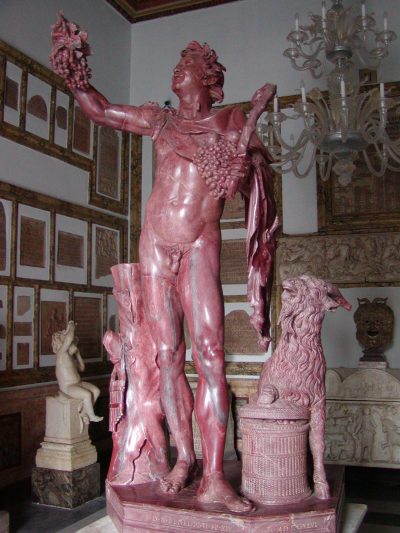
2002-08-30-141932 -
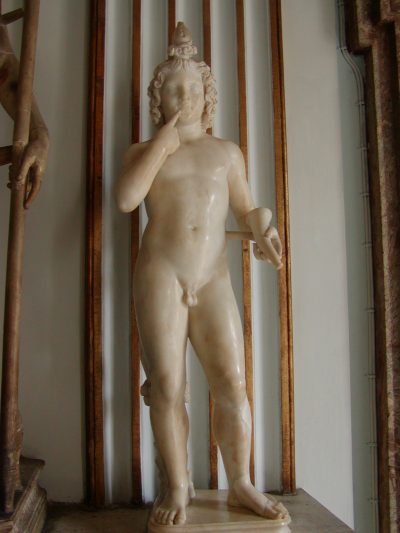
2002-08-30-140814 -
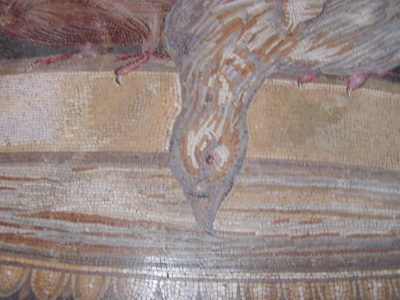
2002-08-30-130342 -
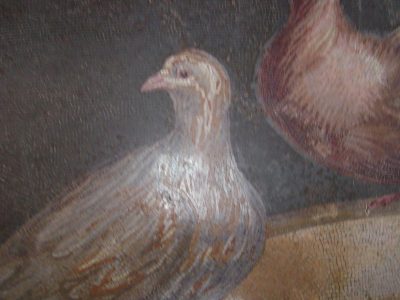
2002-08-30-130213 -
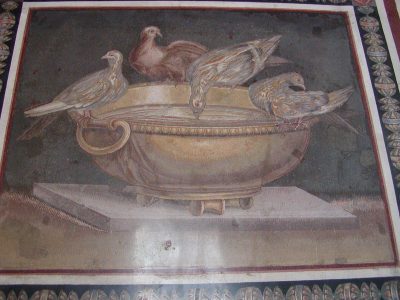
Mosaic with Drinking Doves -
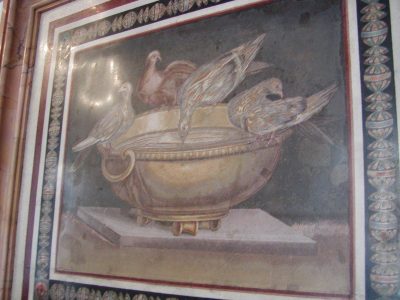
2002-08-30-130148 -
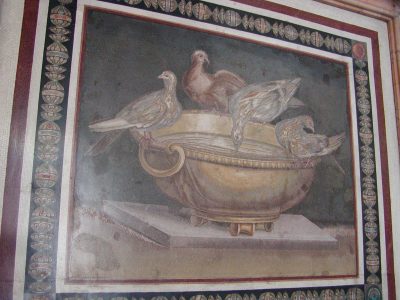
2002-08-30-130140 -
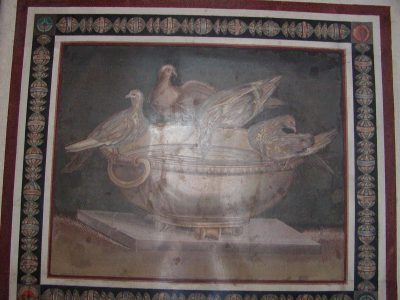
2002-08-30-130131
Pages related to "Hadrian’s Villa"
- Antinous
- Antoninus Pius
- Apollodorus of Damascus
- Augustus
- Capitoline Museums
- Cicero
- Constantine I
- Diocletian
- Marcus Aurelius
- Rome
- Sabina
- Septimius Severus
- Trajan
- Vatican Museums
Pages referring to "Hadrian’s Villa"
- Faun in Red Marble
- Furietti Centaurs
- Hadrian
- Harpocrates
- Mosaic with Drinking Doves
- Mosaic with Theatrical Masks
Sub-pages of "Hadrian’s Villa"
- Access Road
- Barracks of the Guard
- Building with Doric Columns
- Building with Peristyle Pool and Cryptoporticus
- Building with Three Exedrae
- Canopus
- Court of the Libraries
- Cryptoporticus near the Large Baths
- Decorative Techniques in Hadrian's Villa
- Golden Court
- Greek Library
- Greek Theatre
- Hall of the Philosophers
- Heliocaminus Baths
- Hospitalia
- Imperial Triclinium
- Large Baths
- Latin Library
- Maritime Theatre
- Nympheum - Stadion
- Pavilion of Tempe
- Poikile
- Praetorian Pavilion
- Residential Villa
- Servant Accomodation
- Small Baths
- Temple of Serapis
- Temple of Venus
- Terrace of Tempe

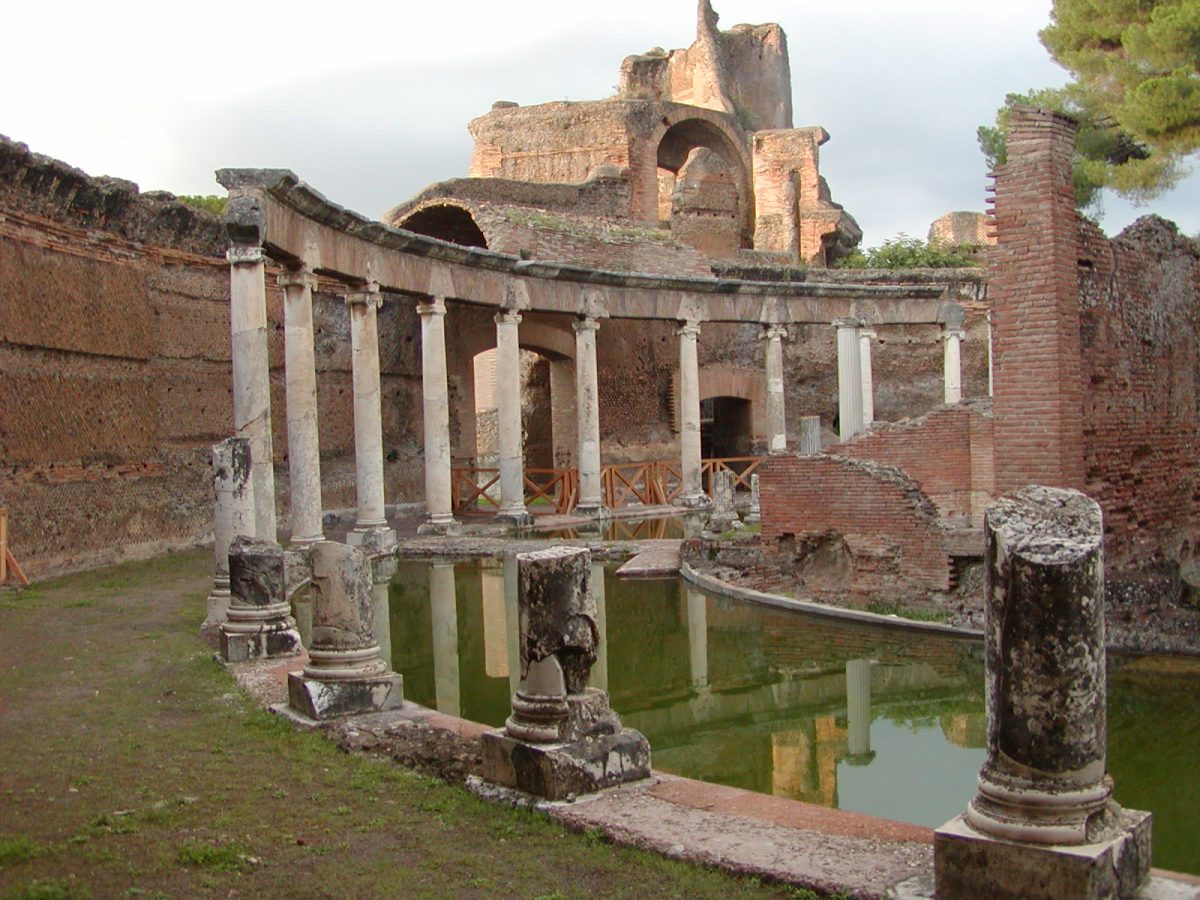
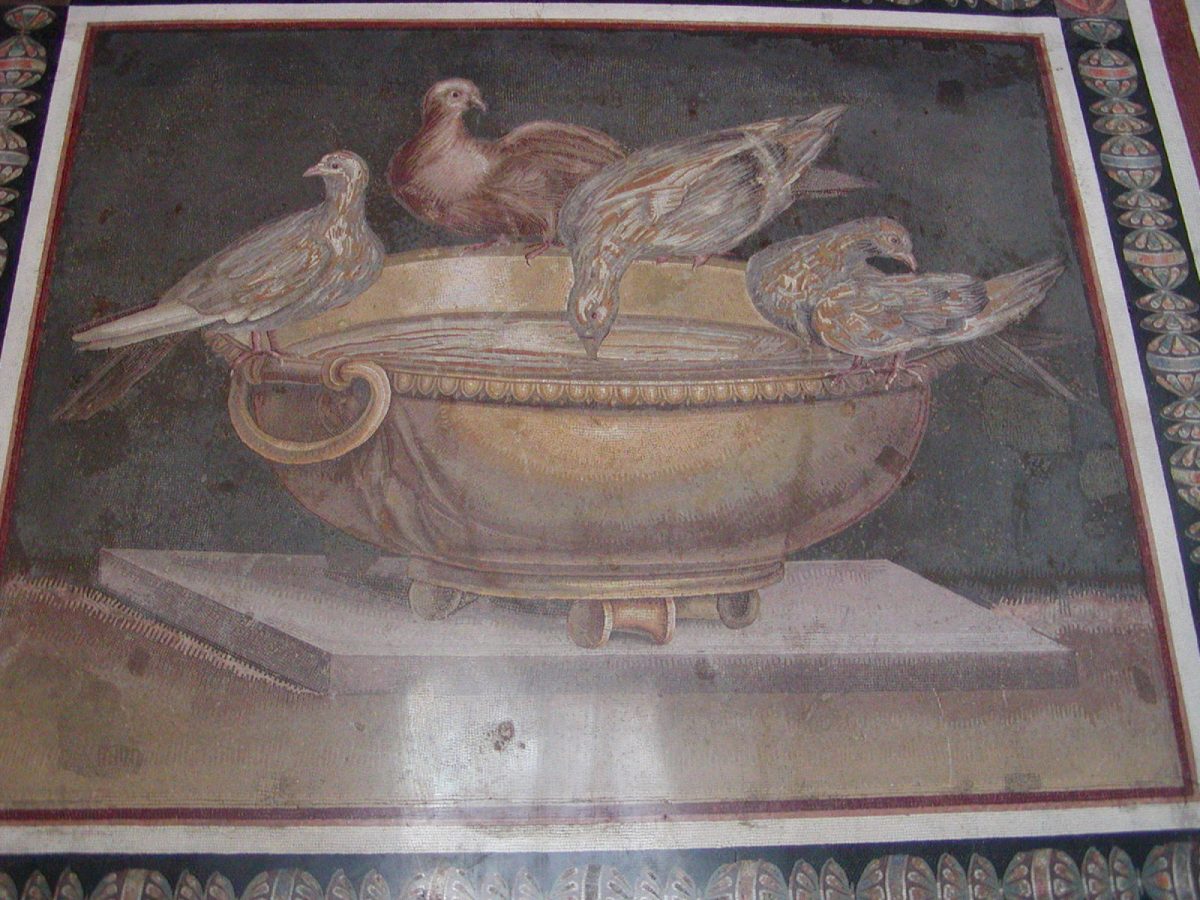
NeilWoods says:
Magnificent study
16 June 2023 — 01:51